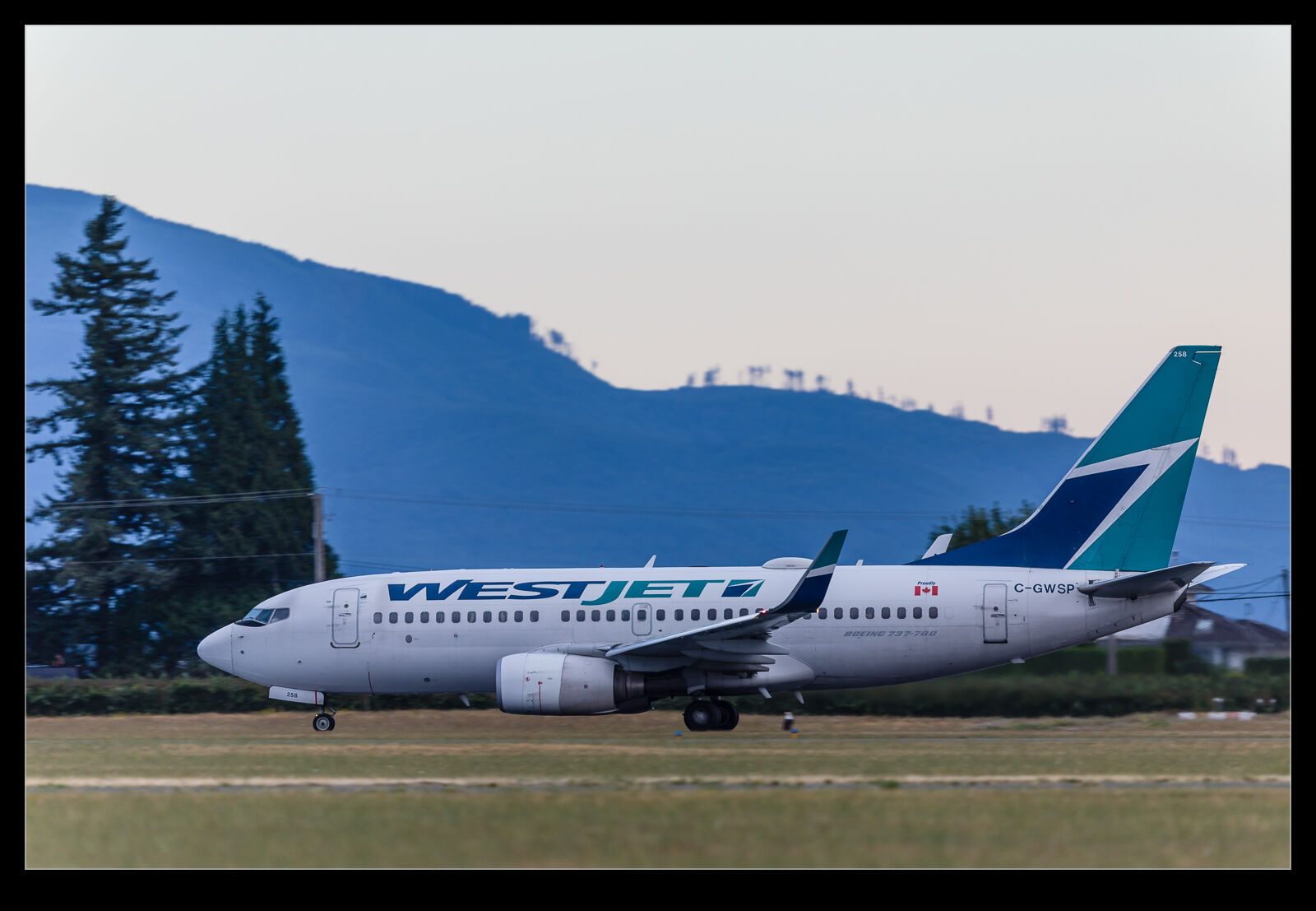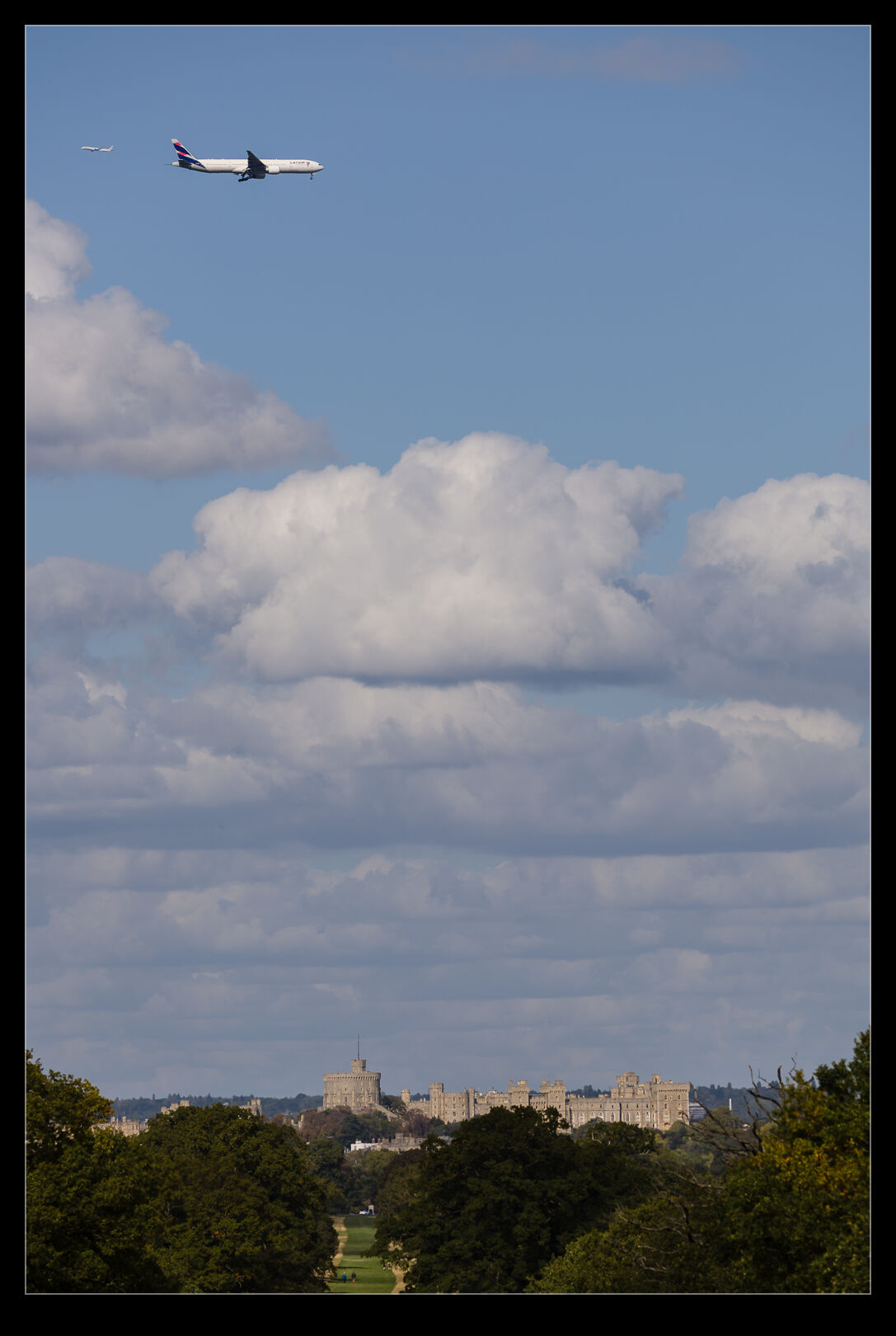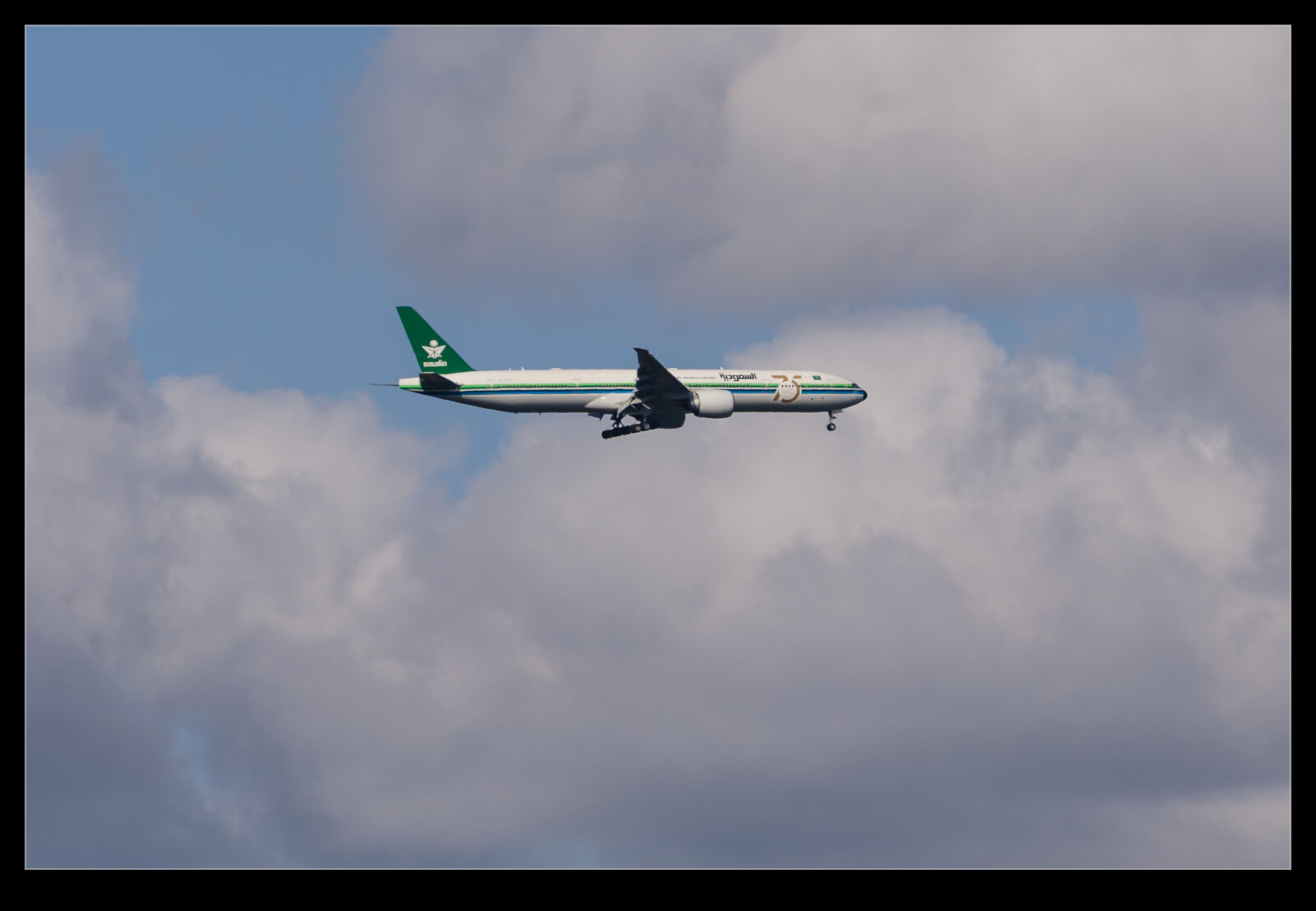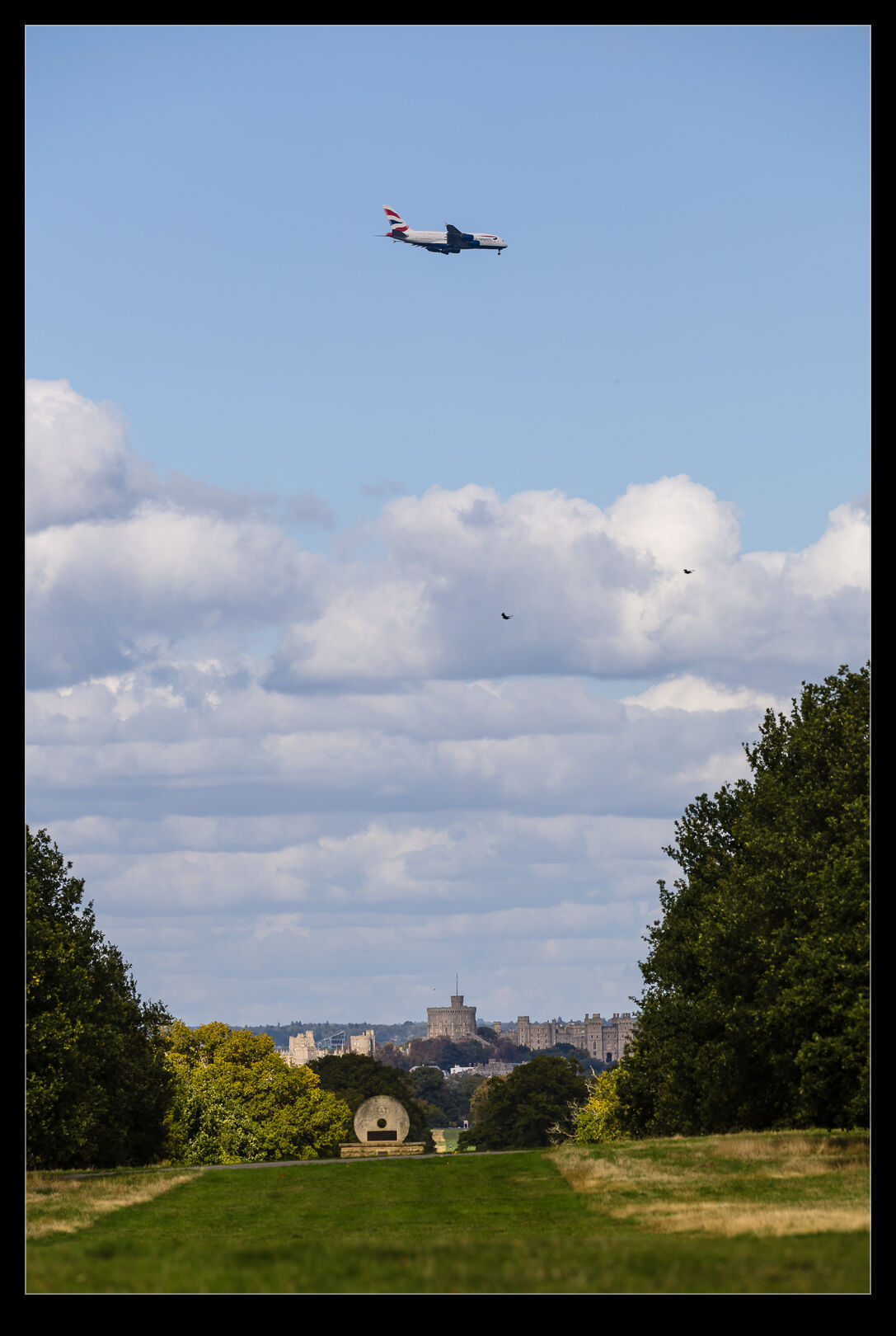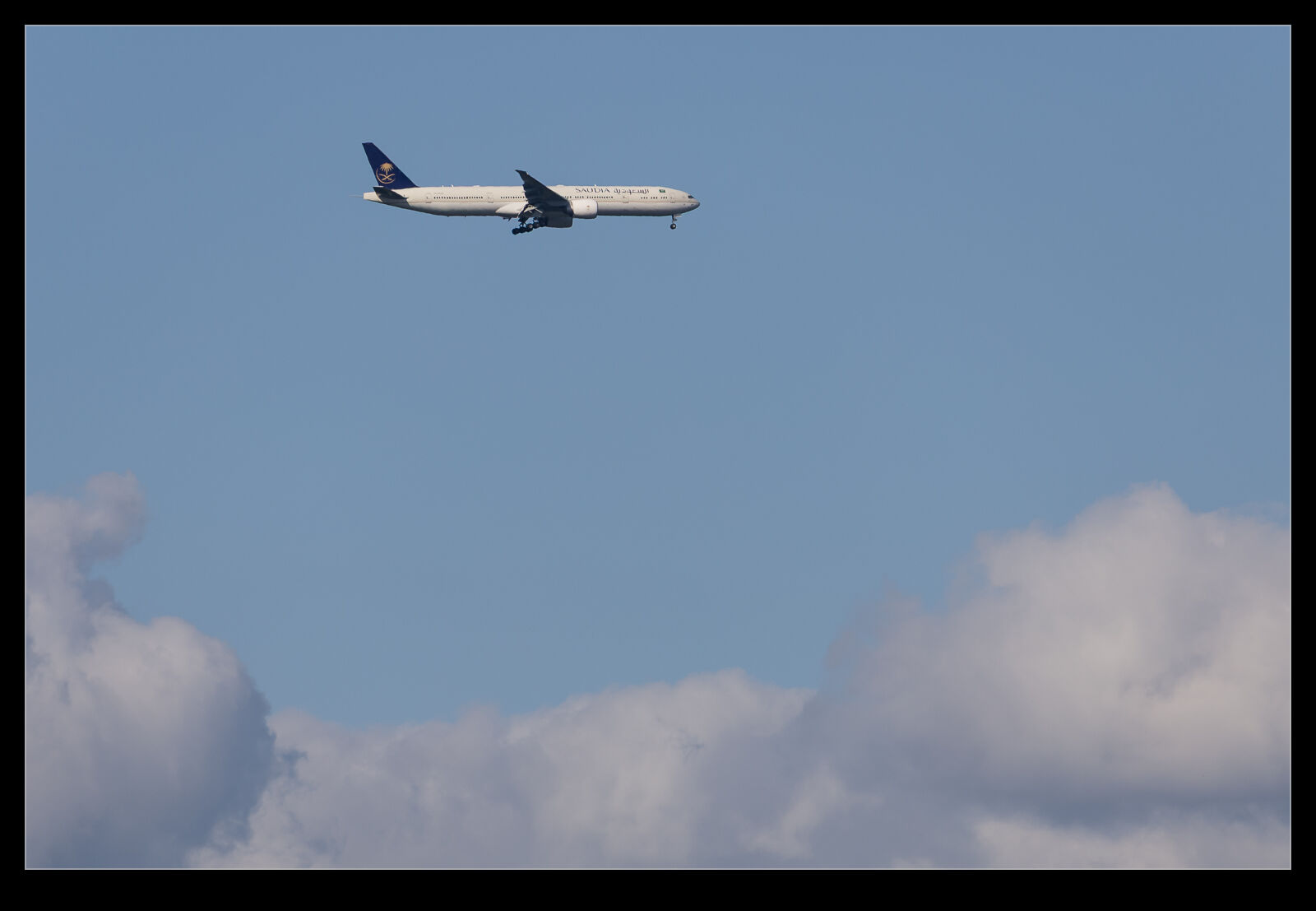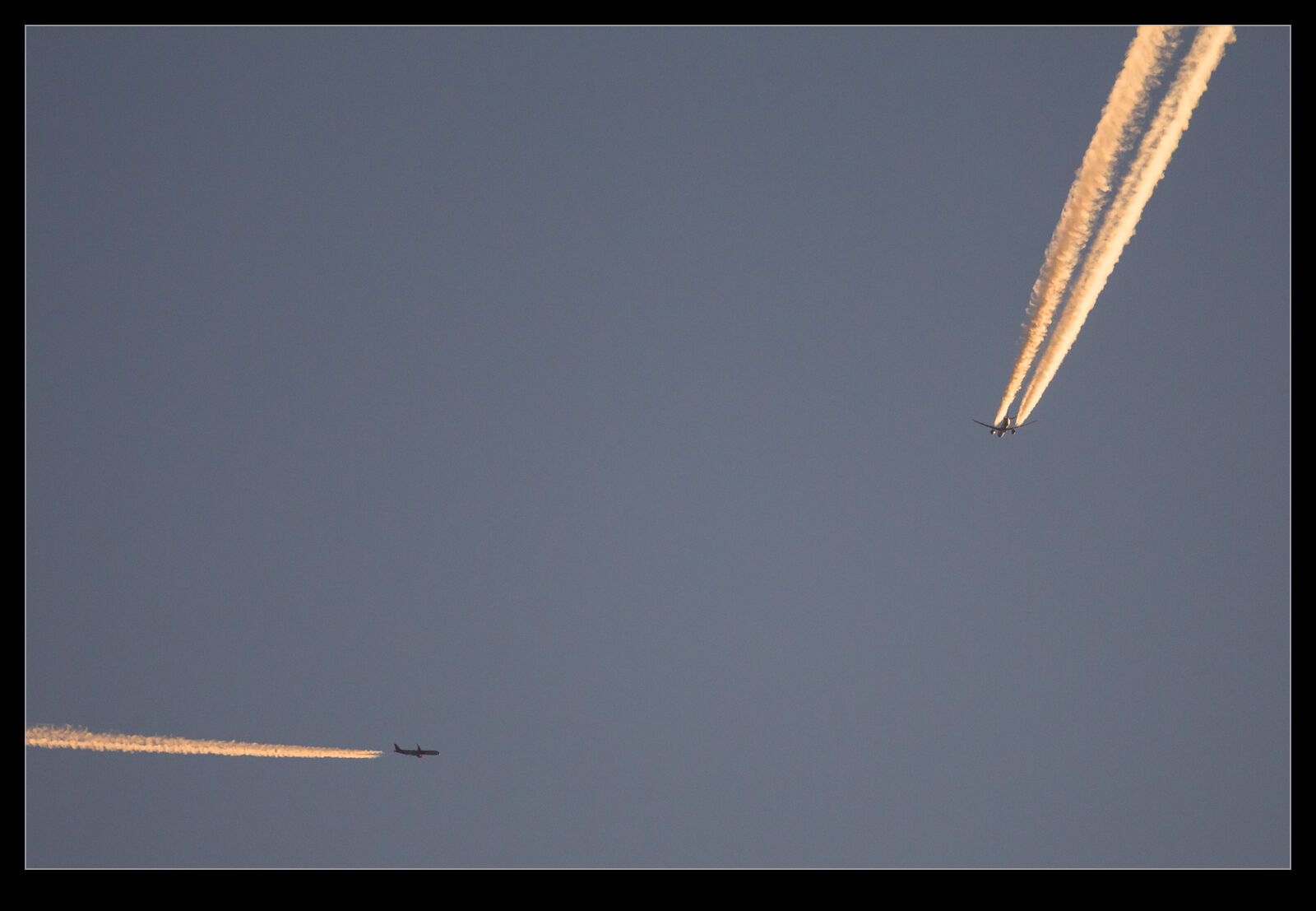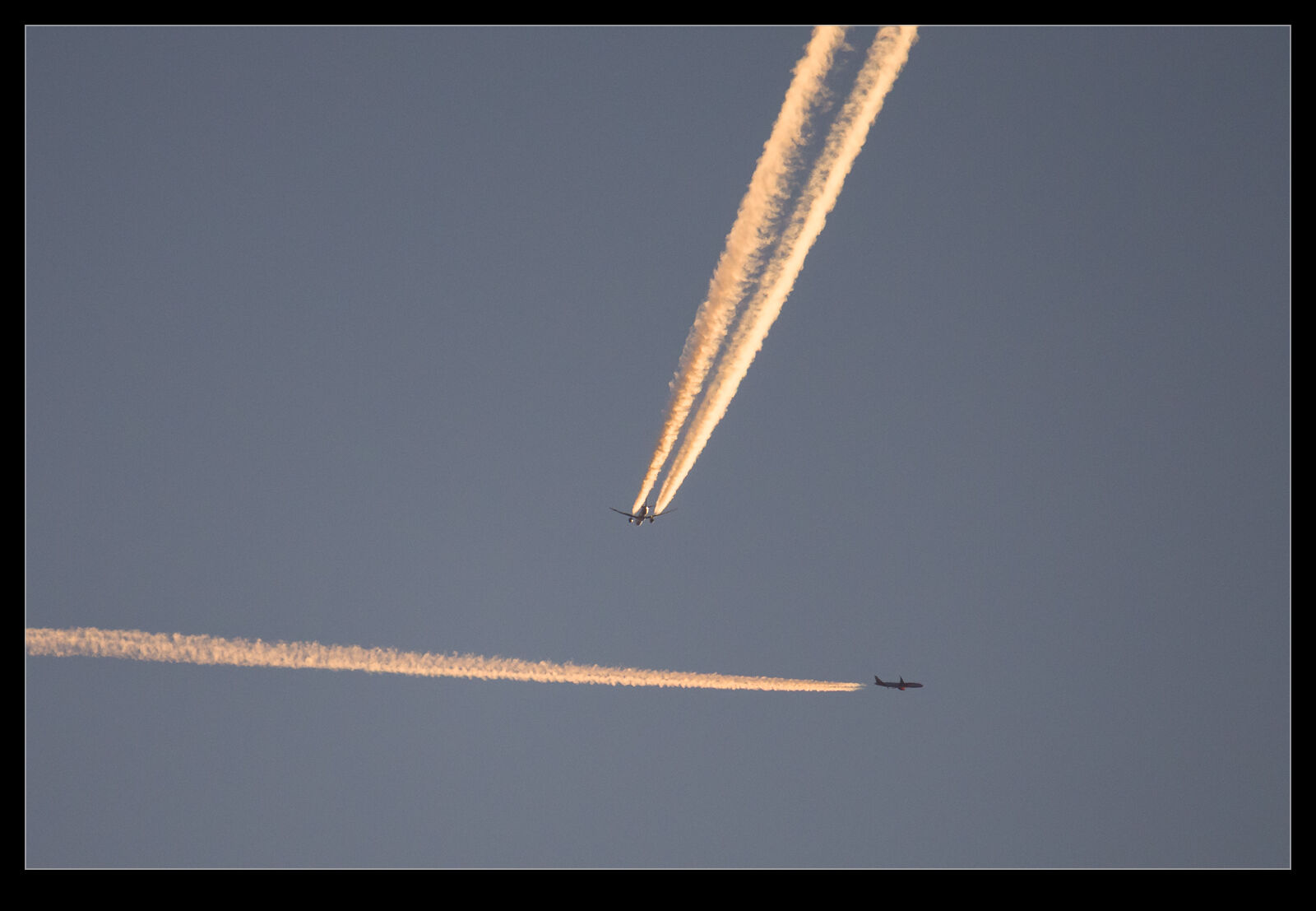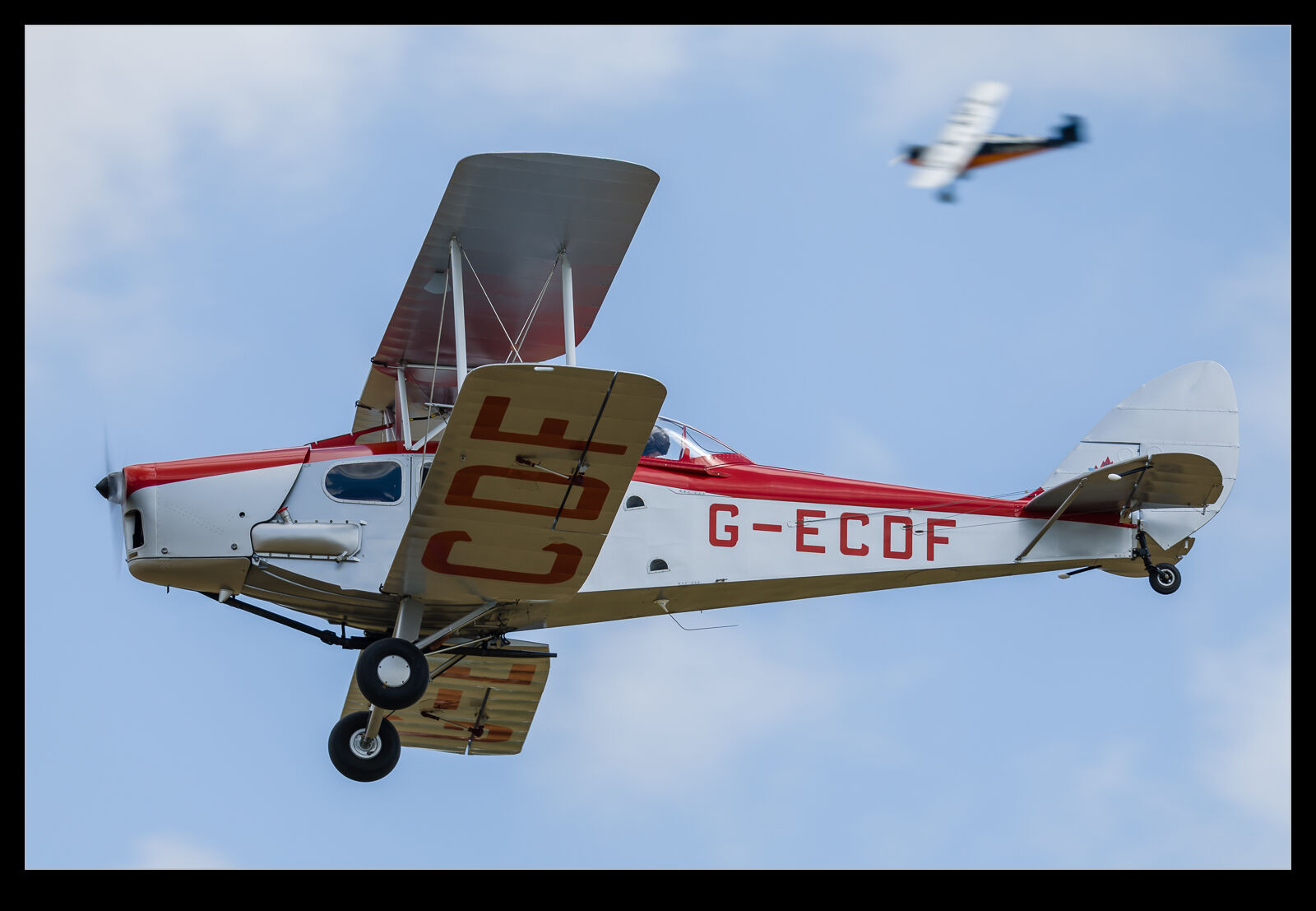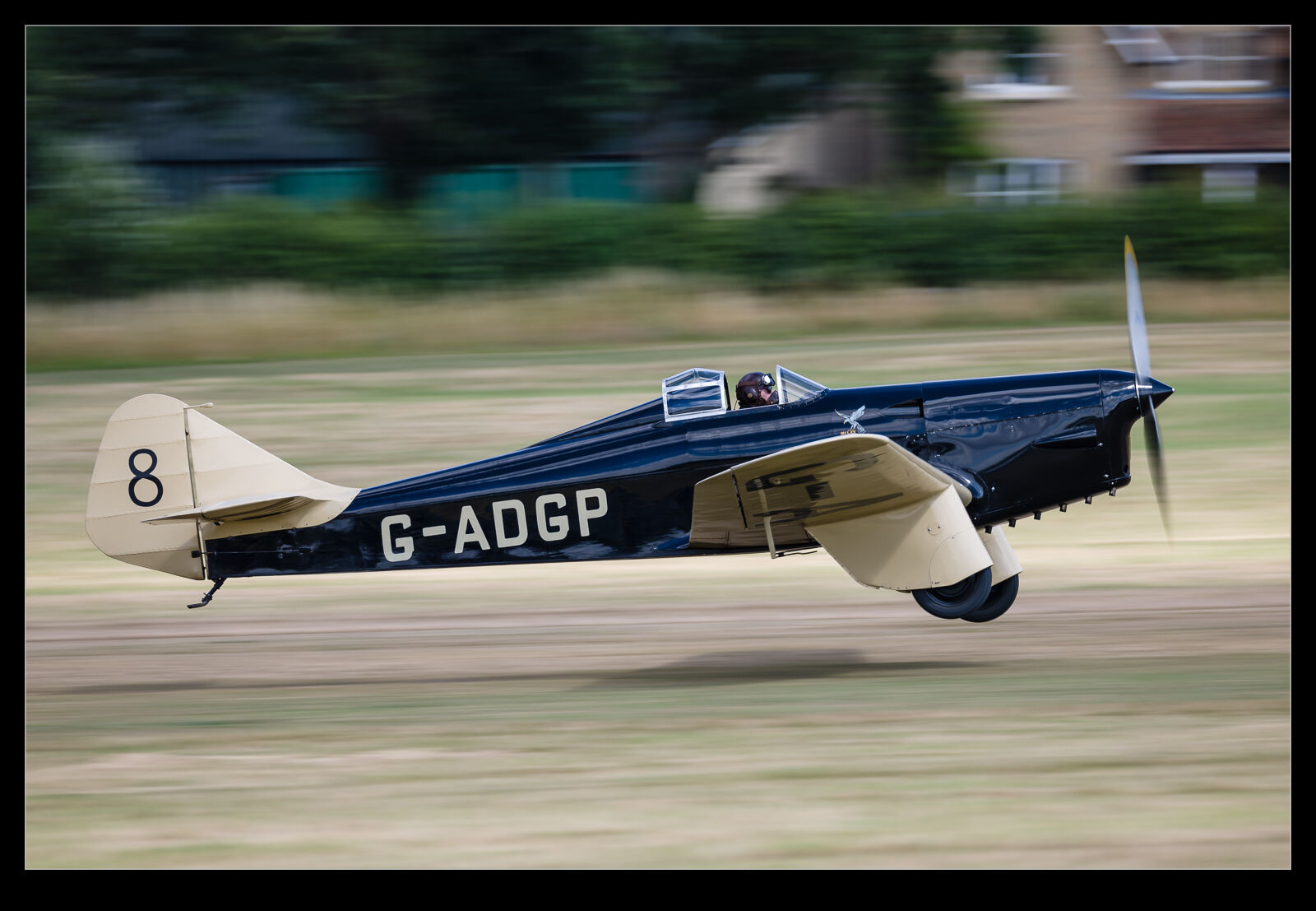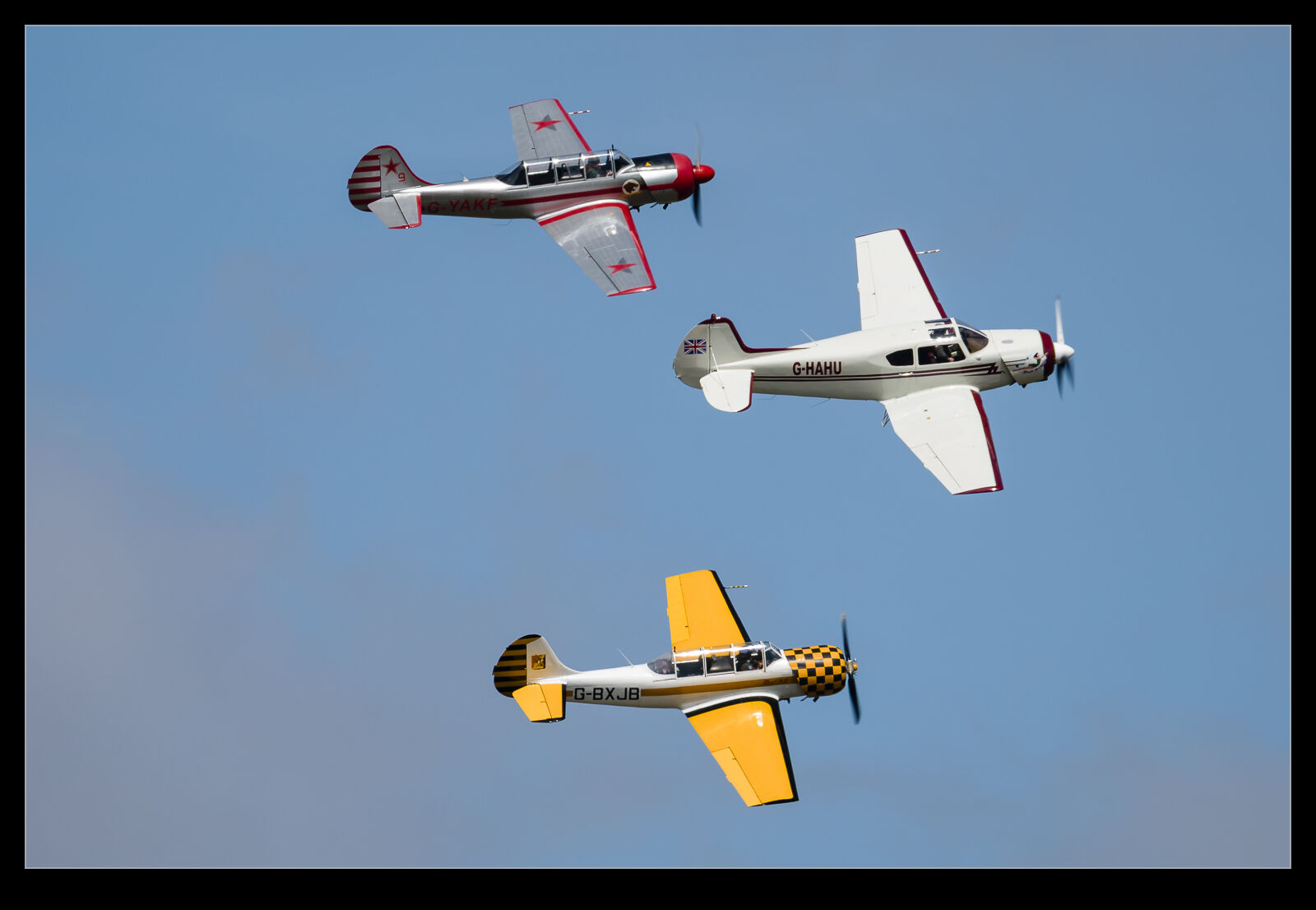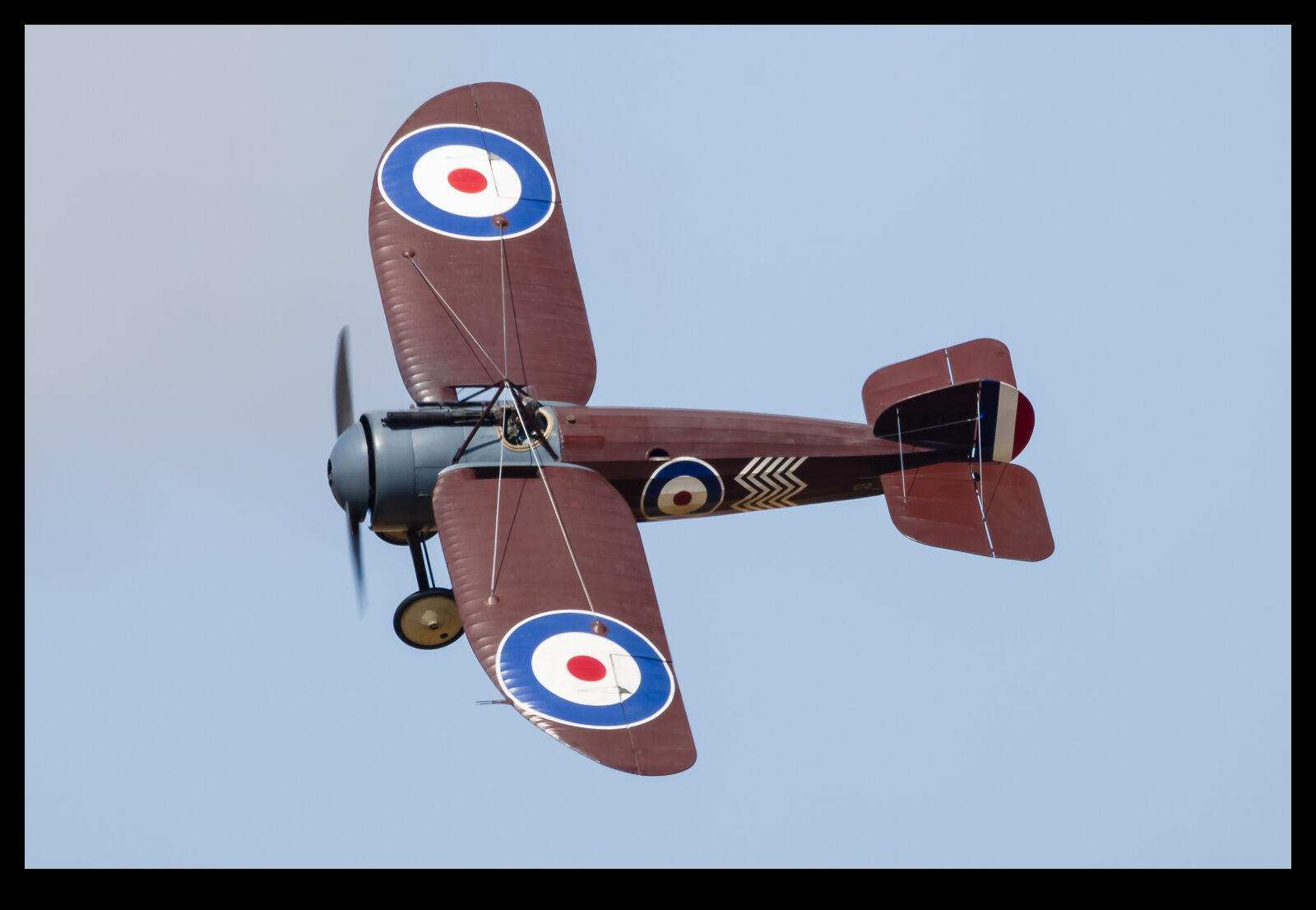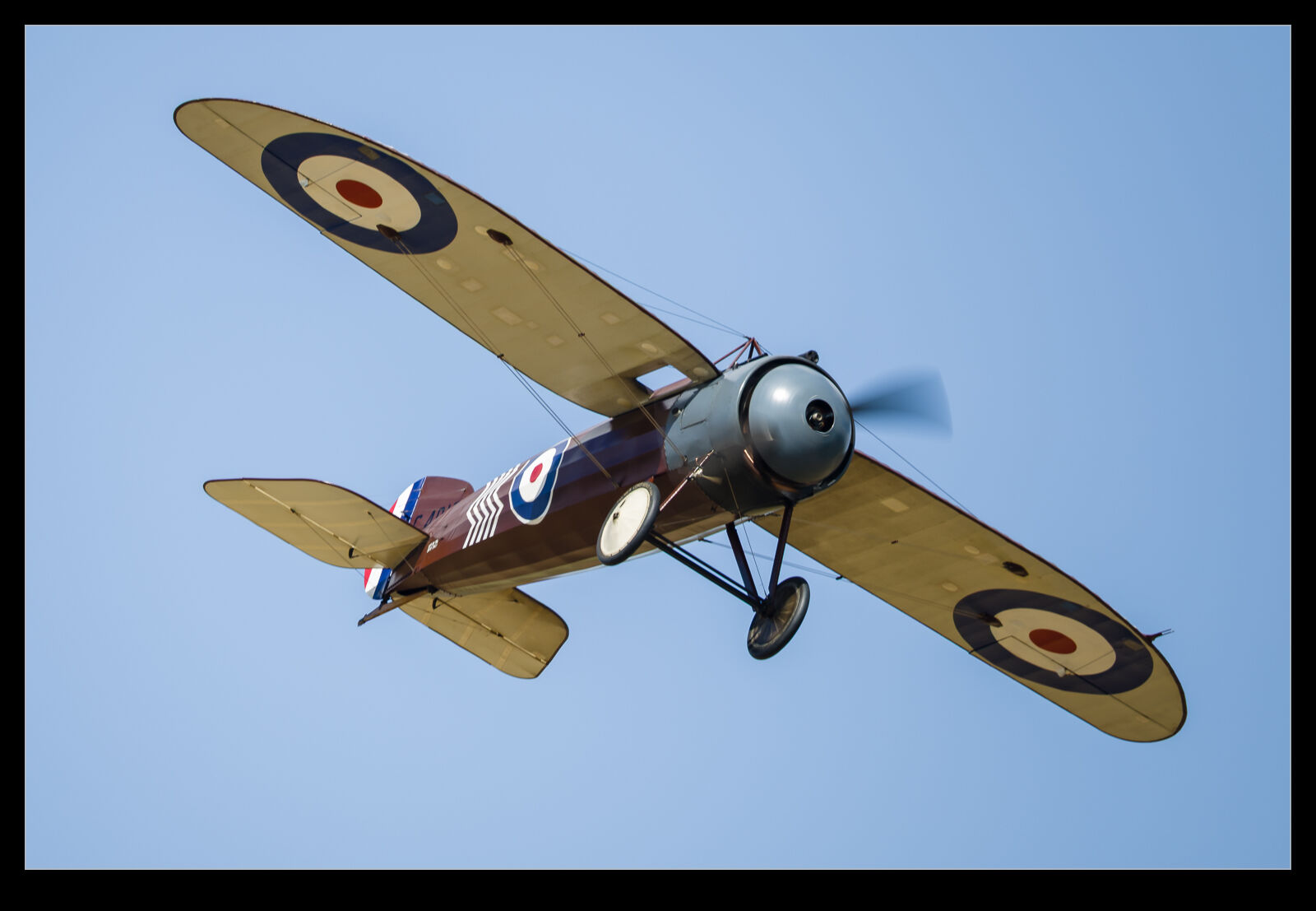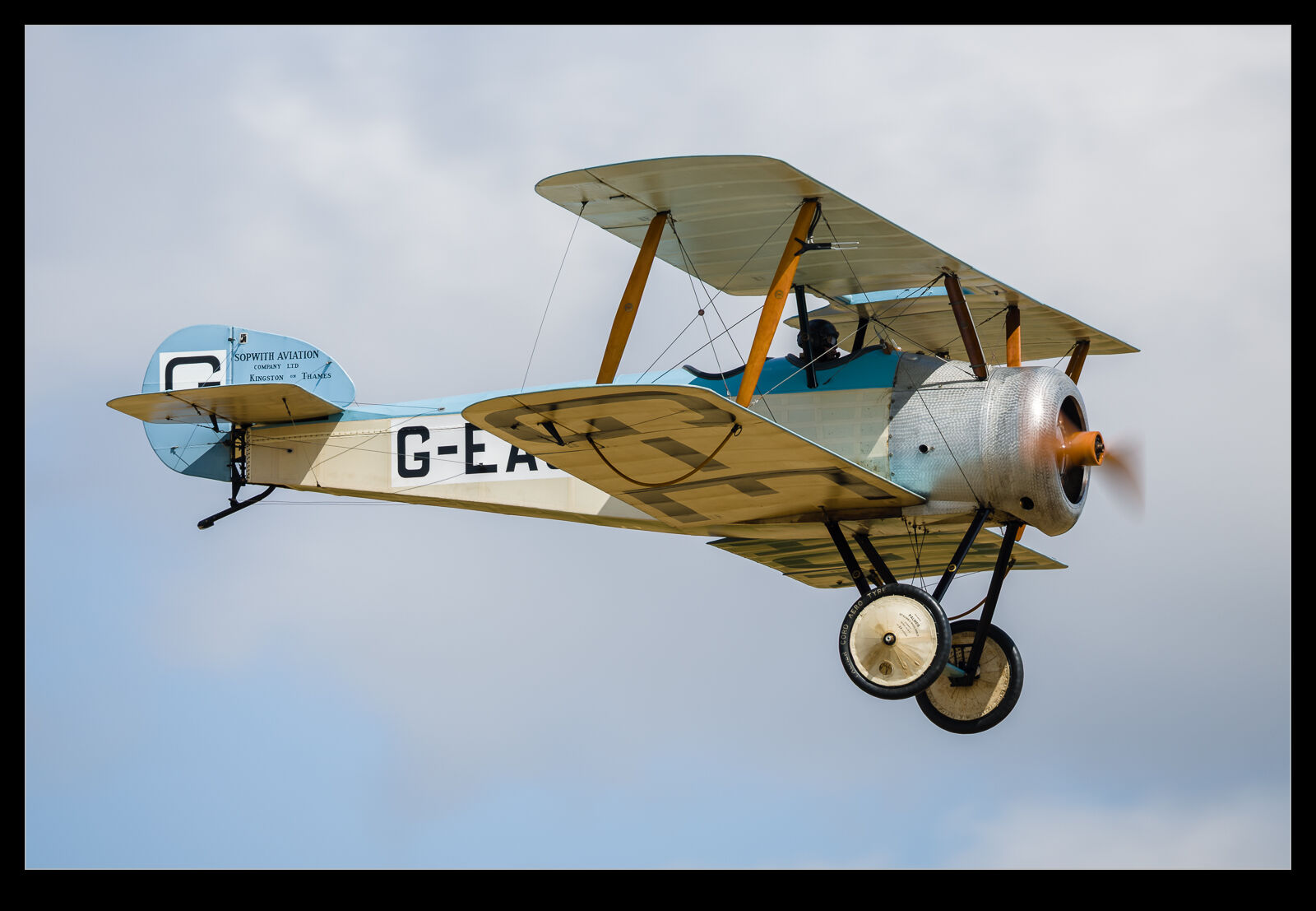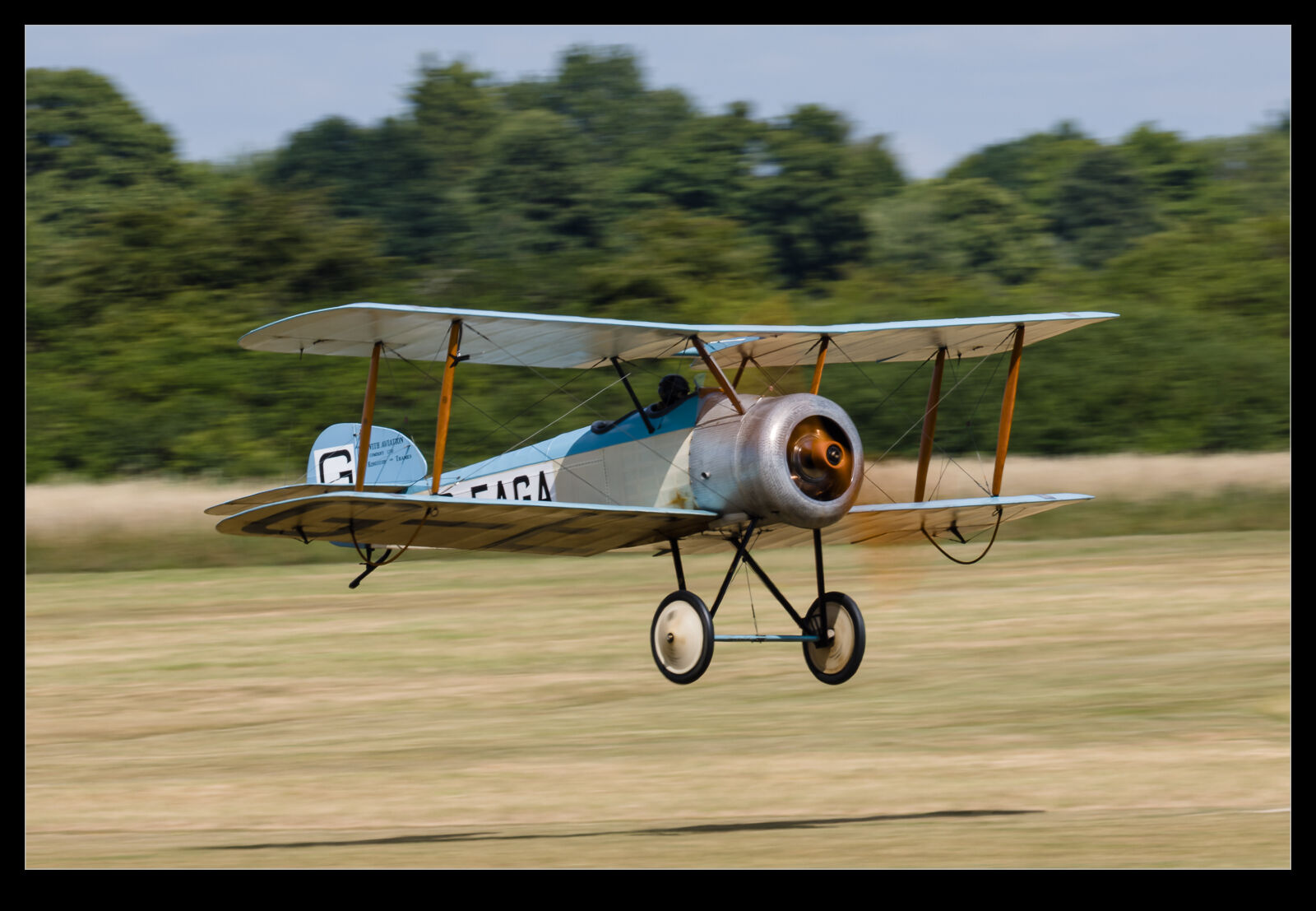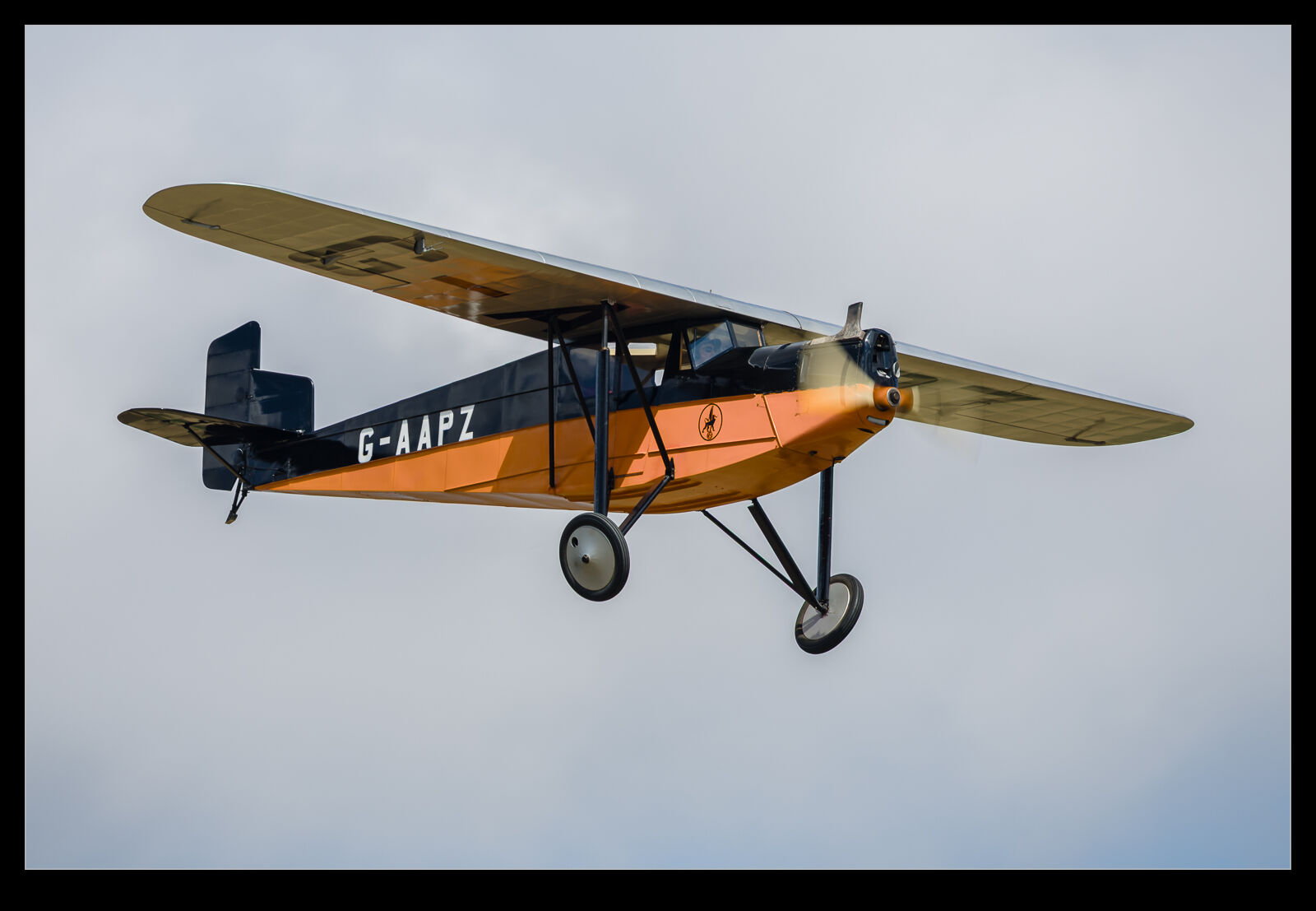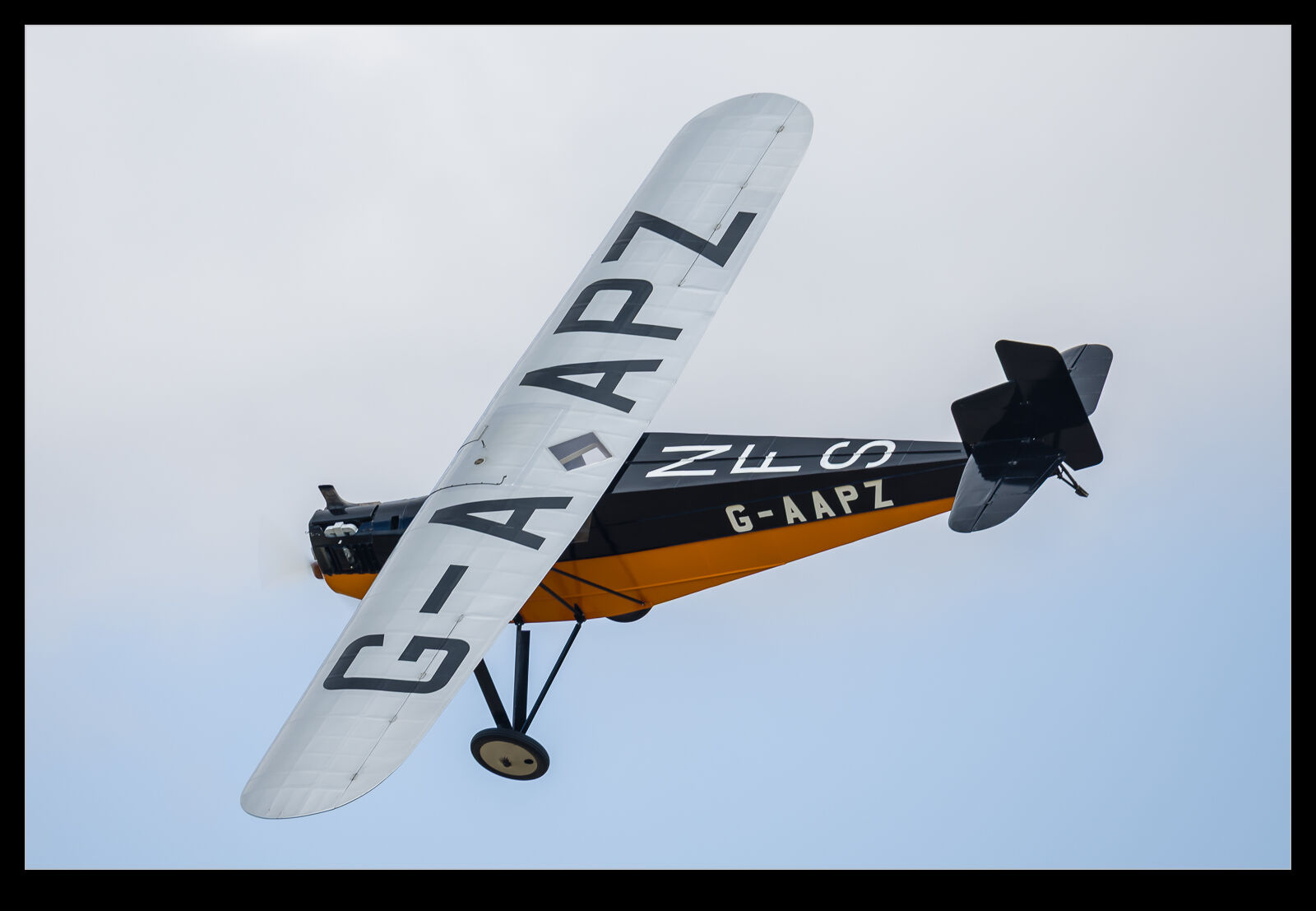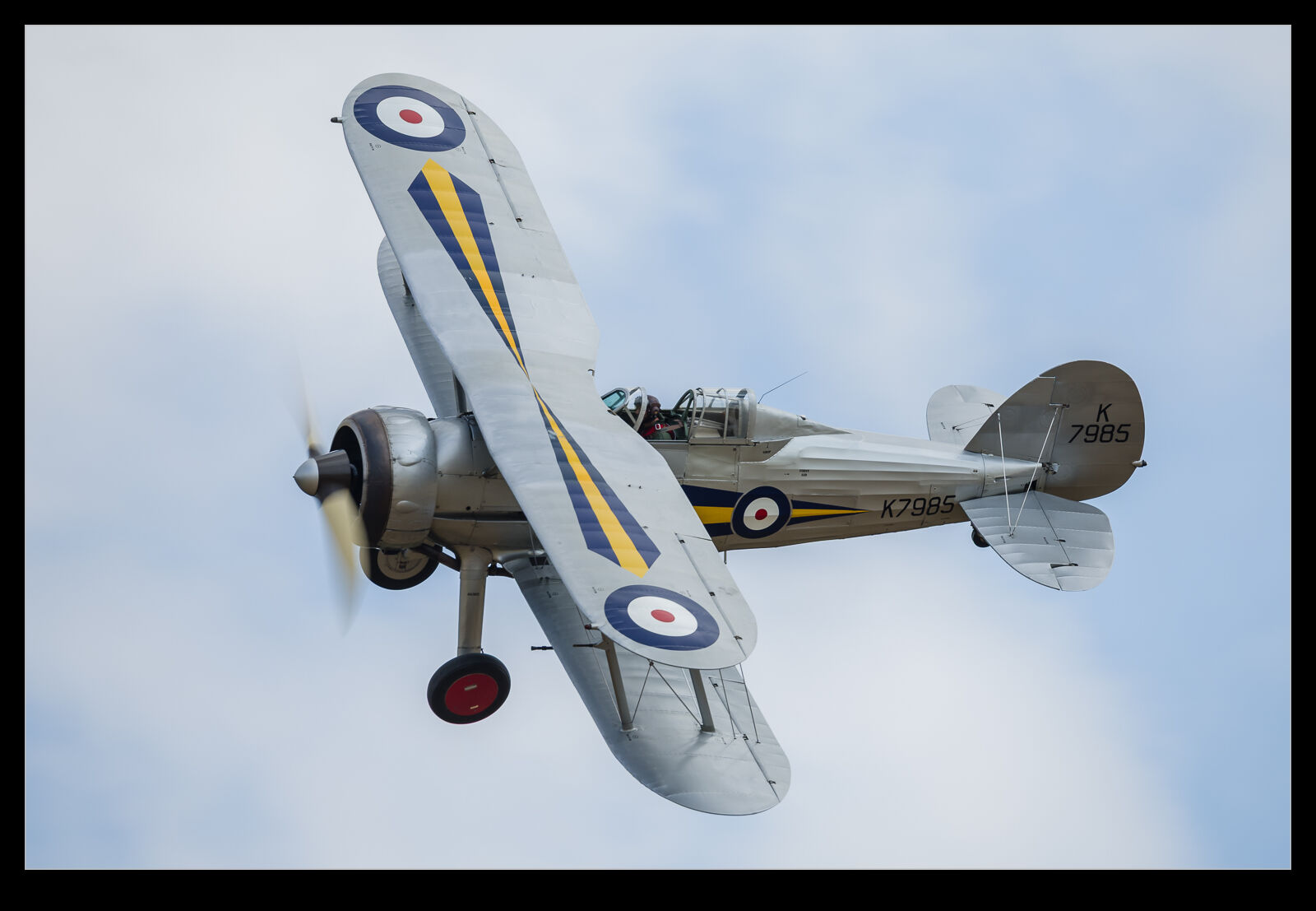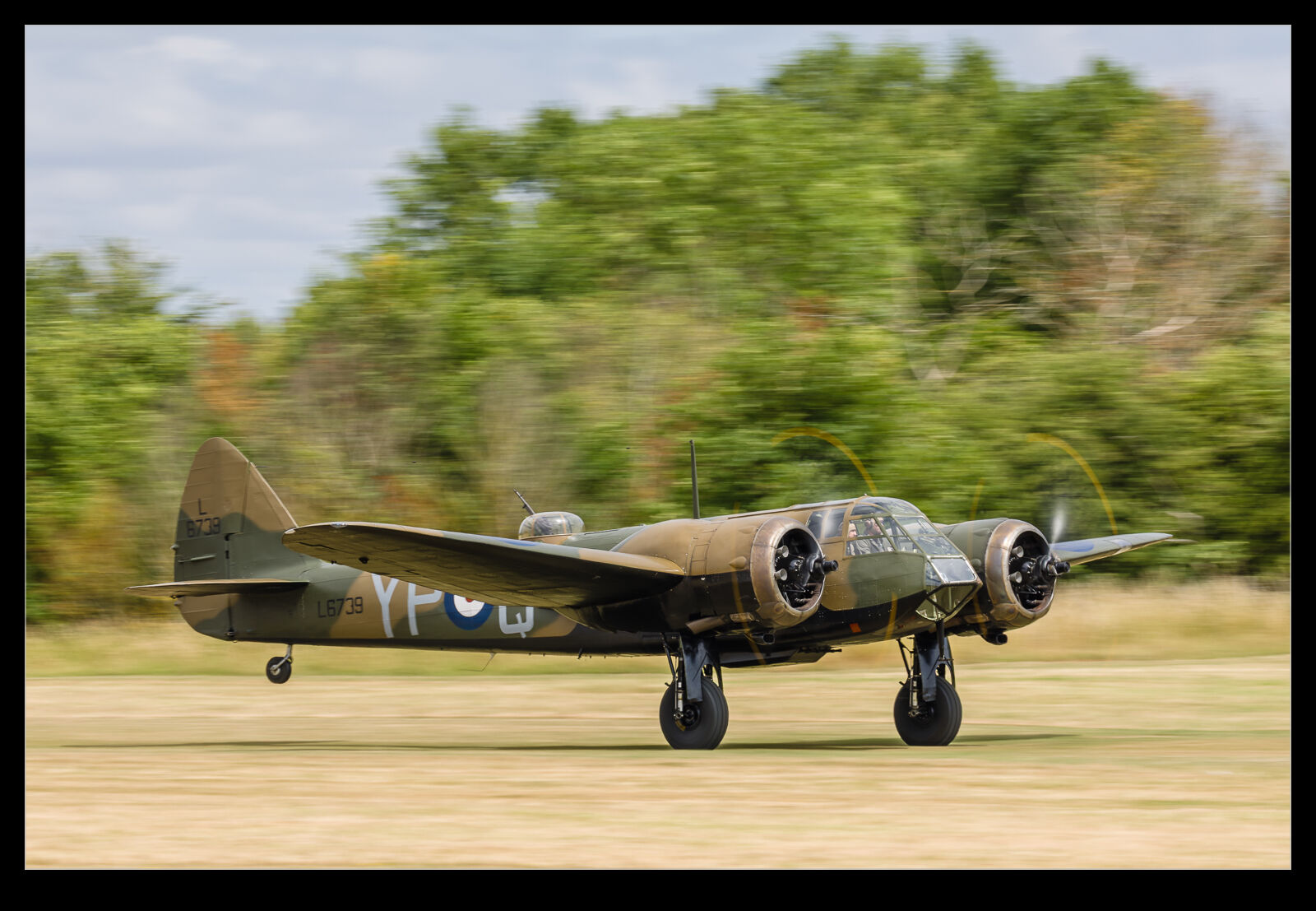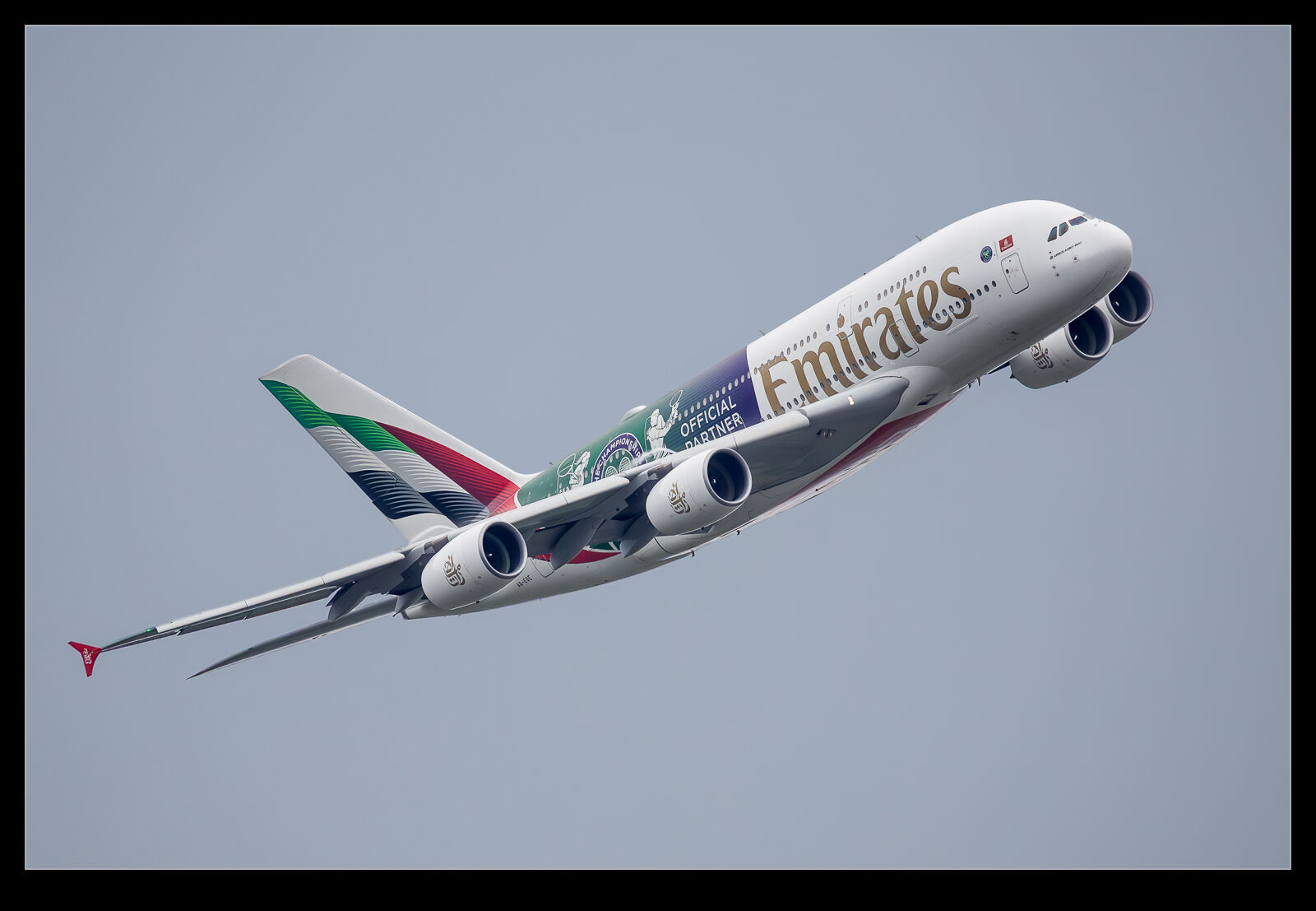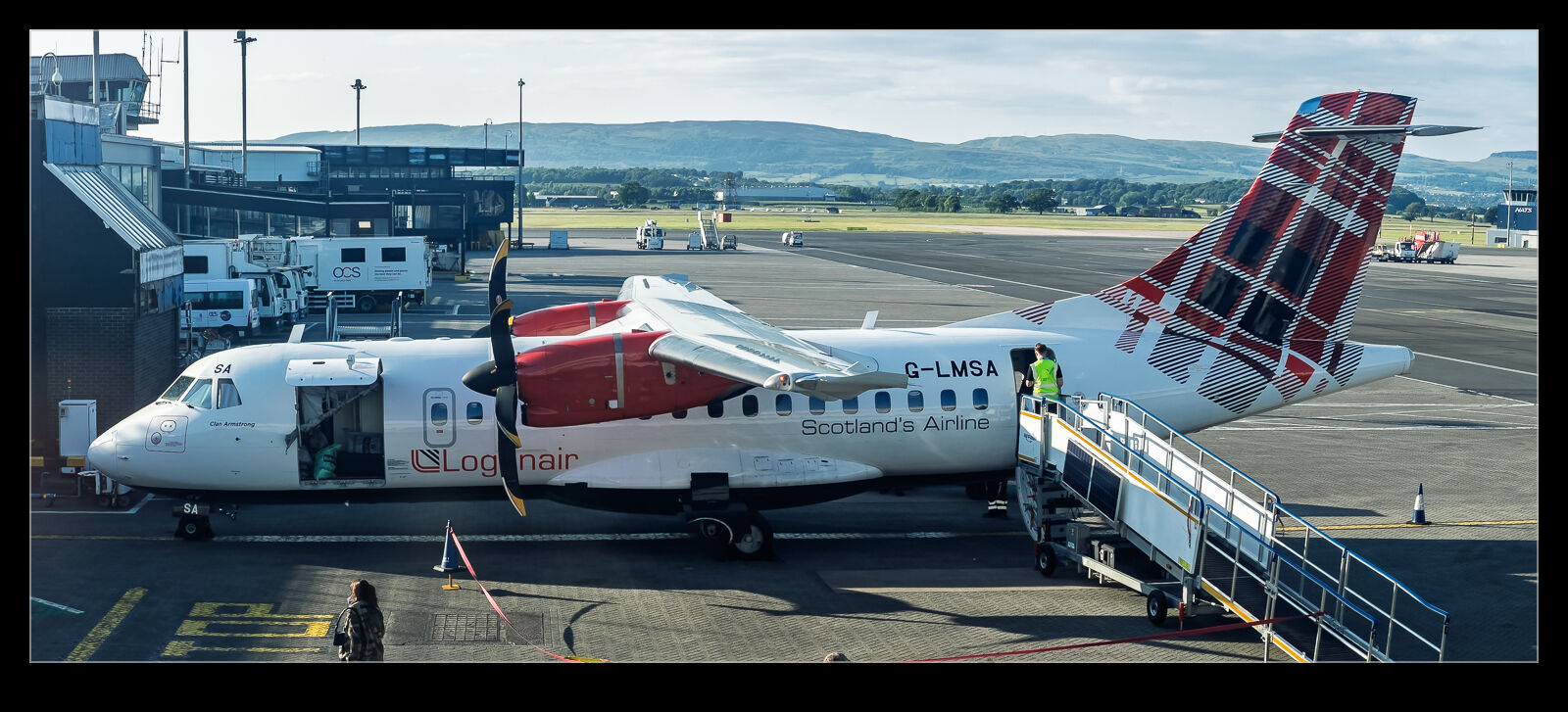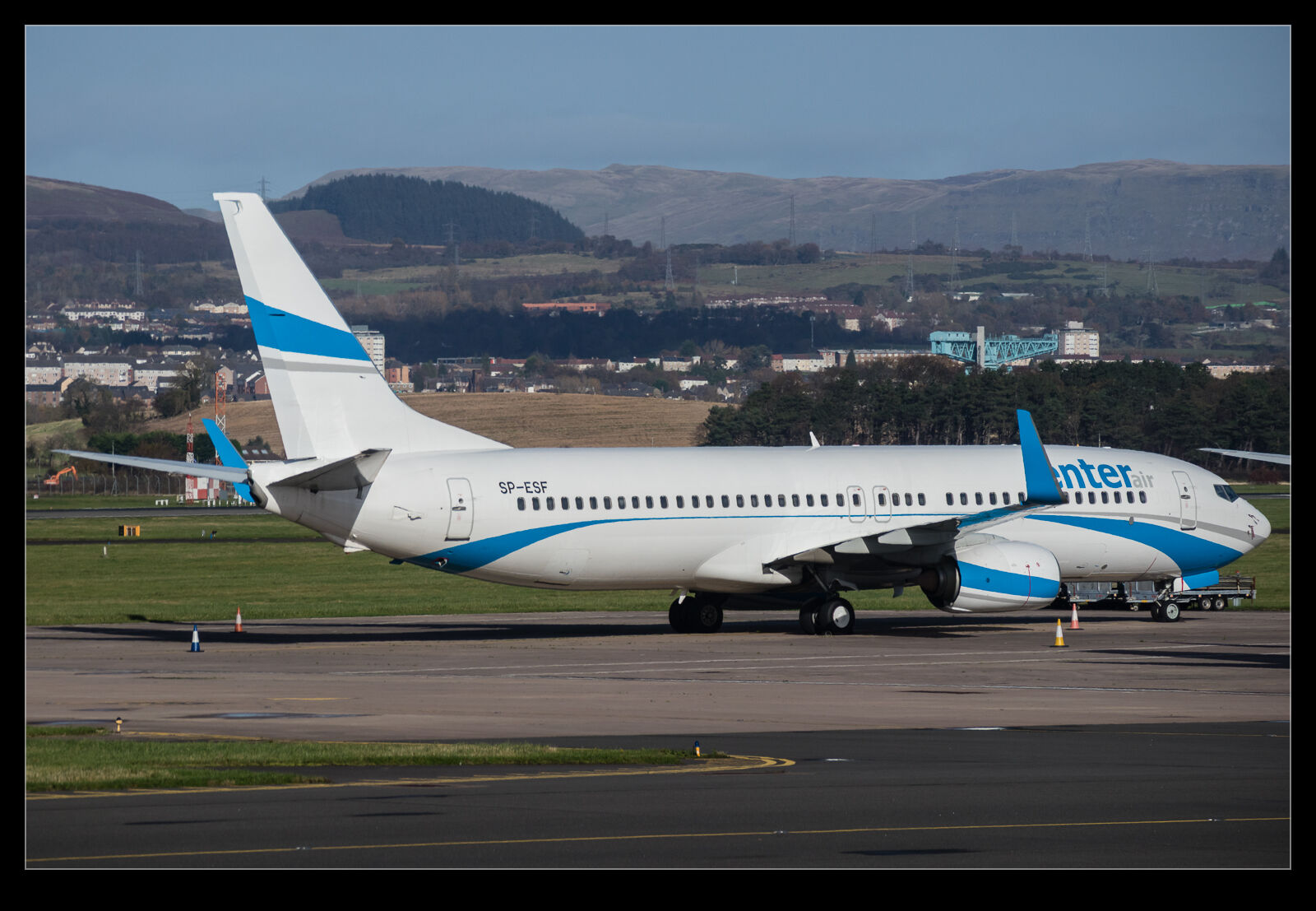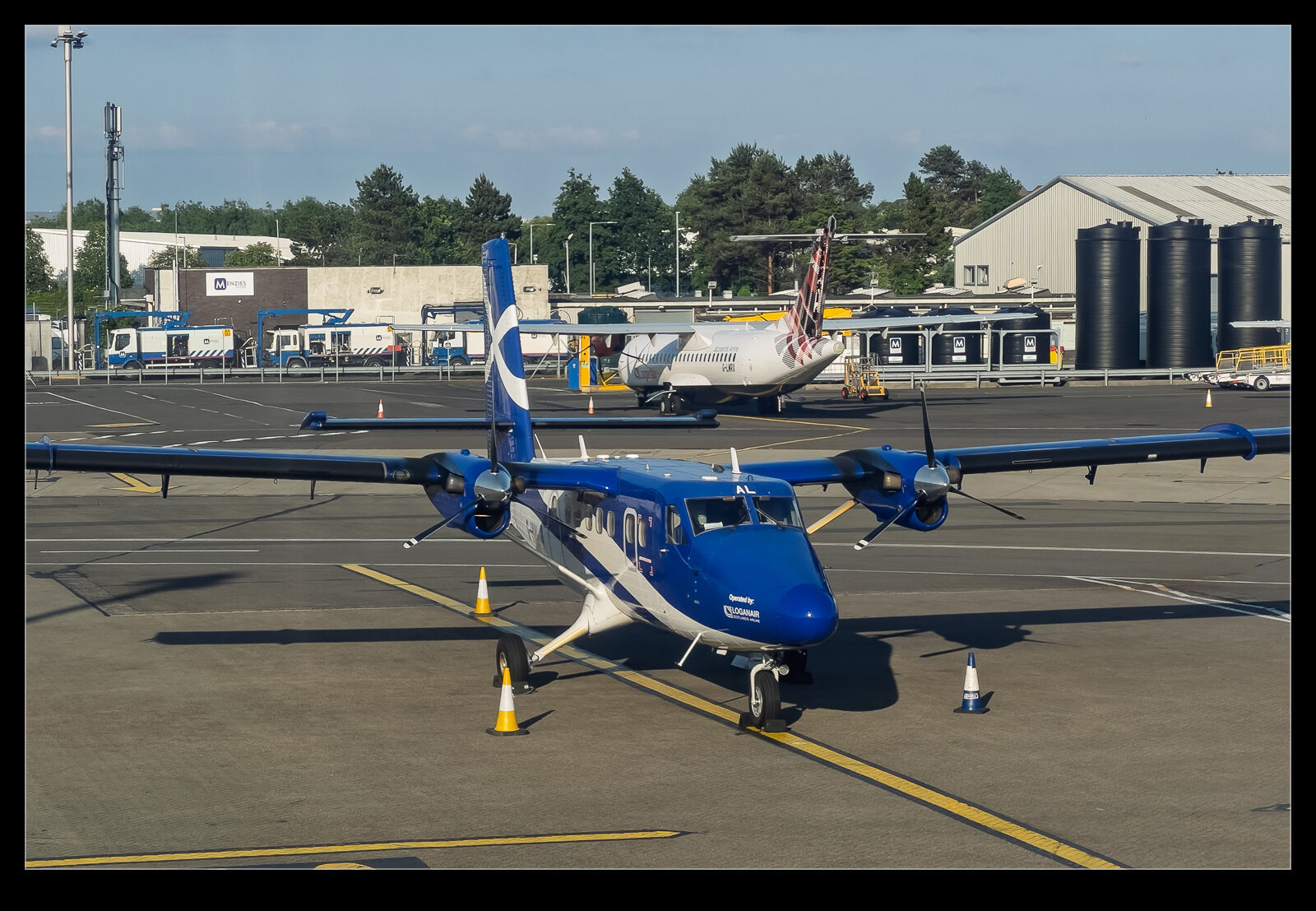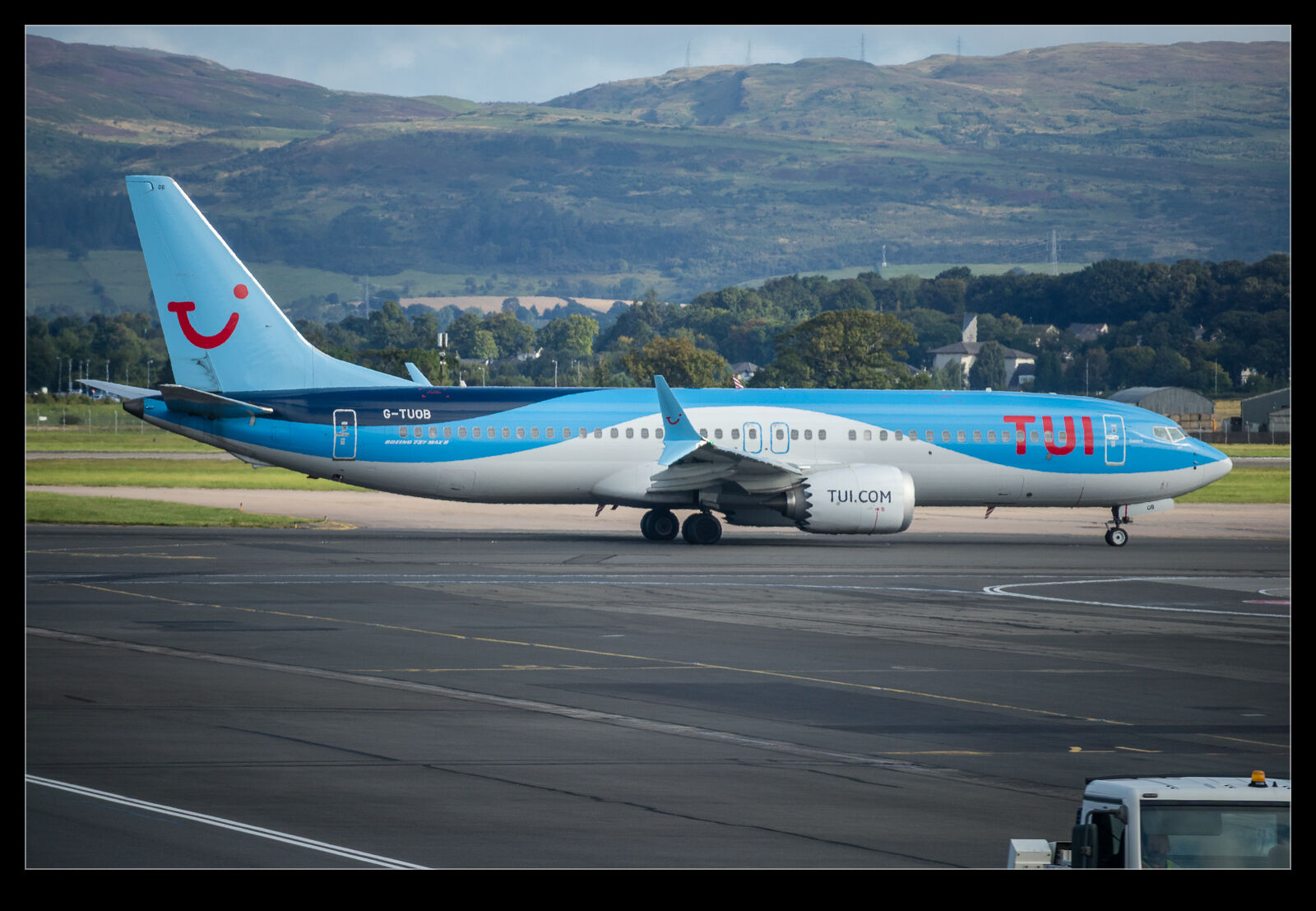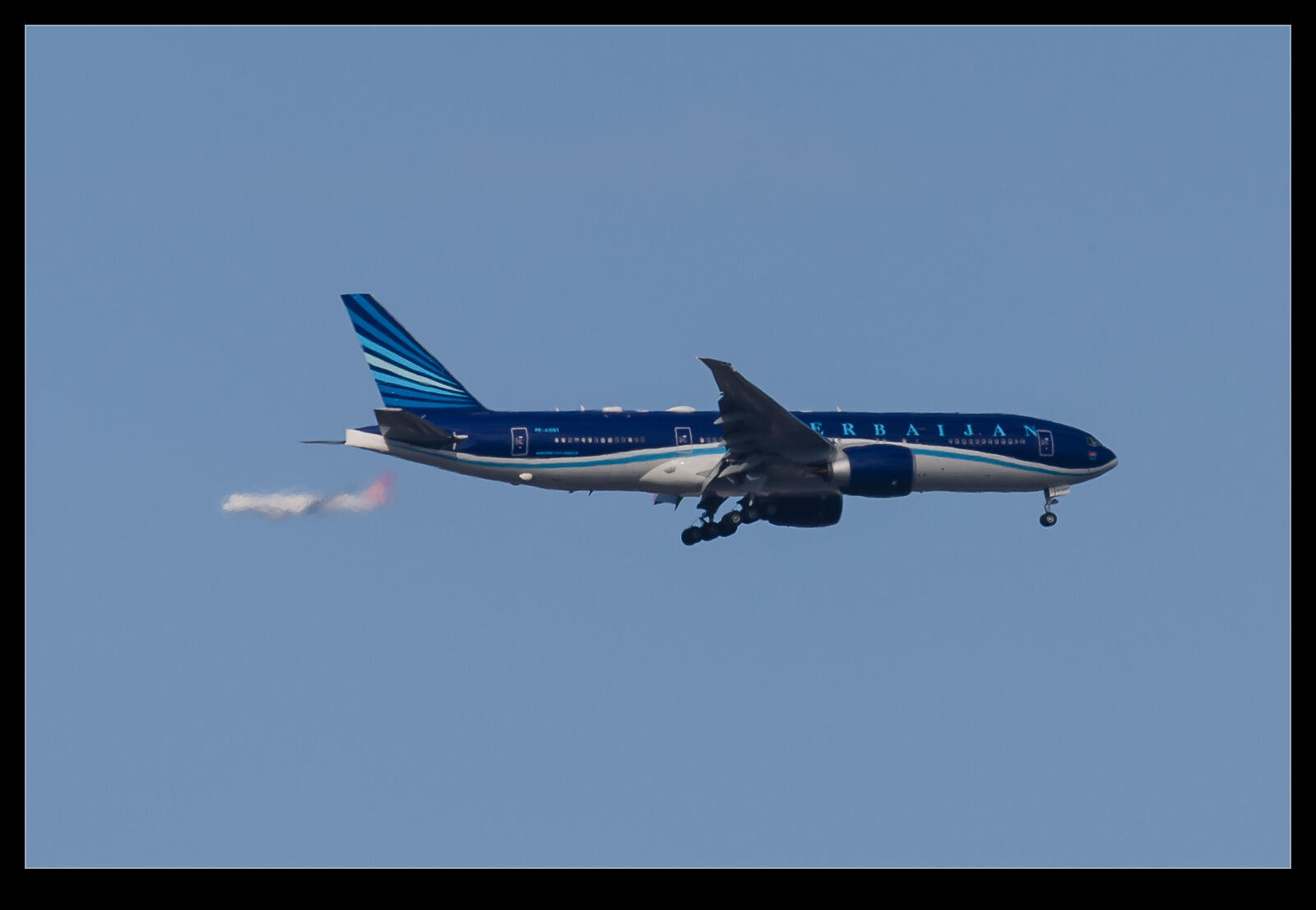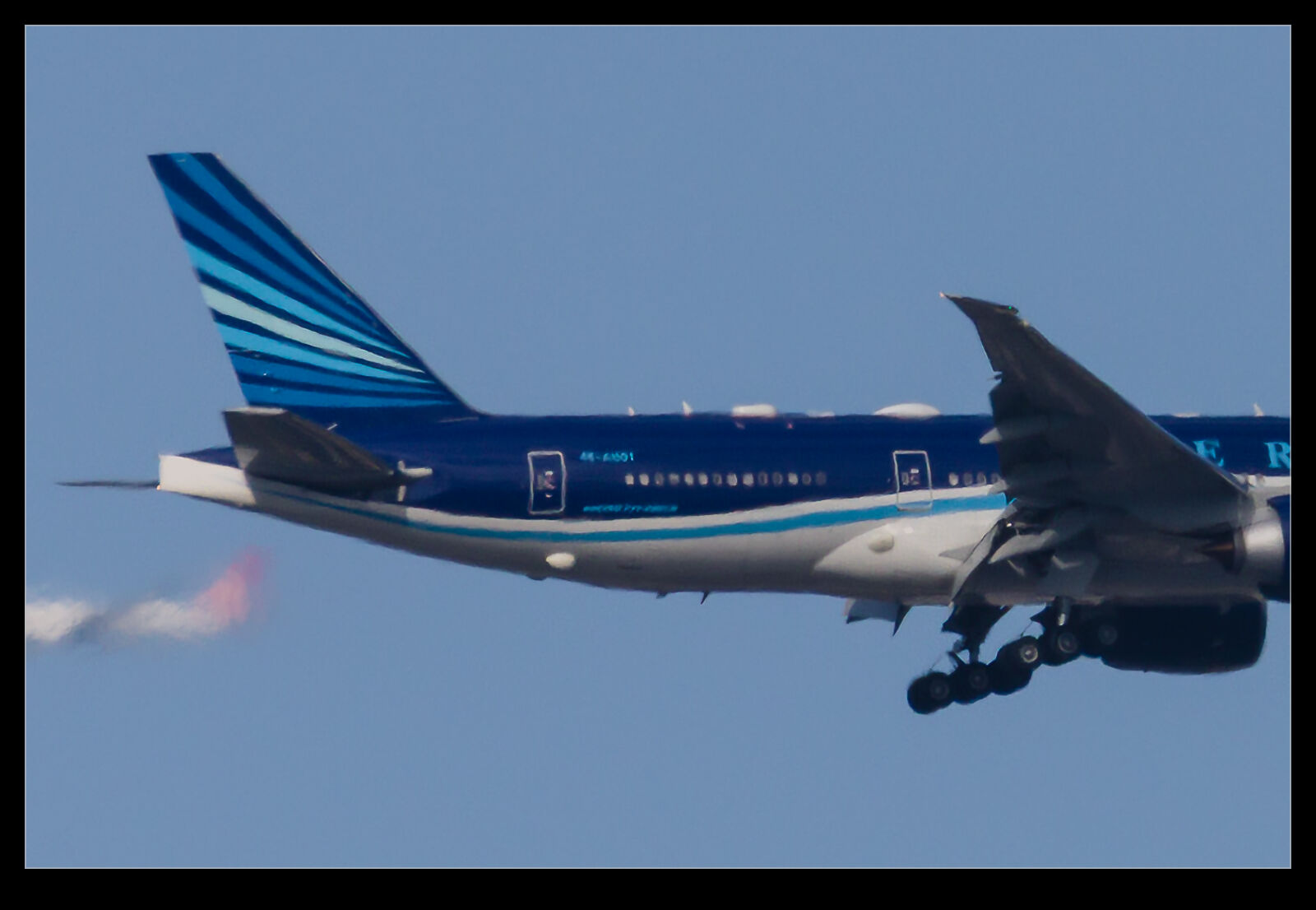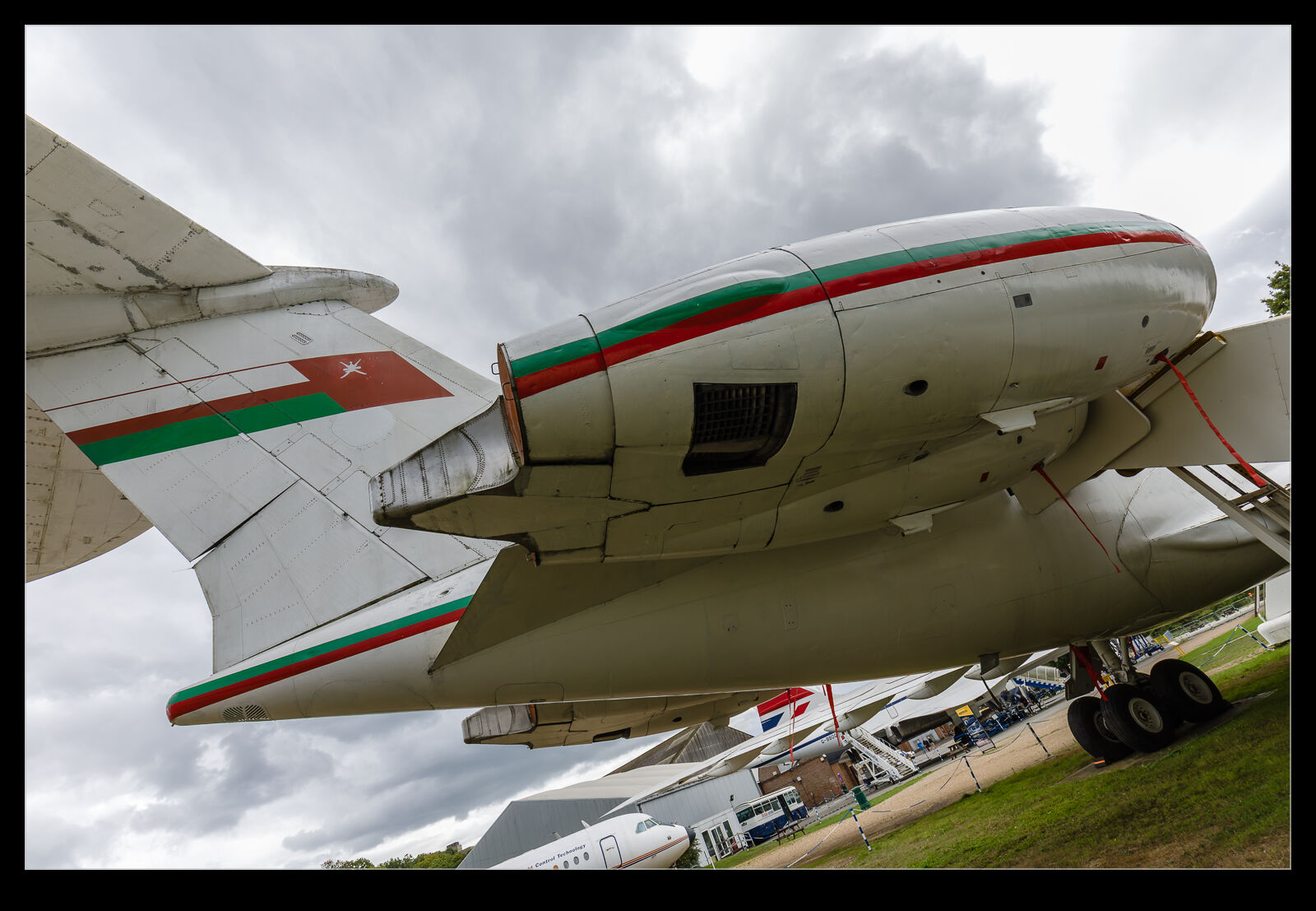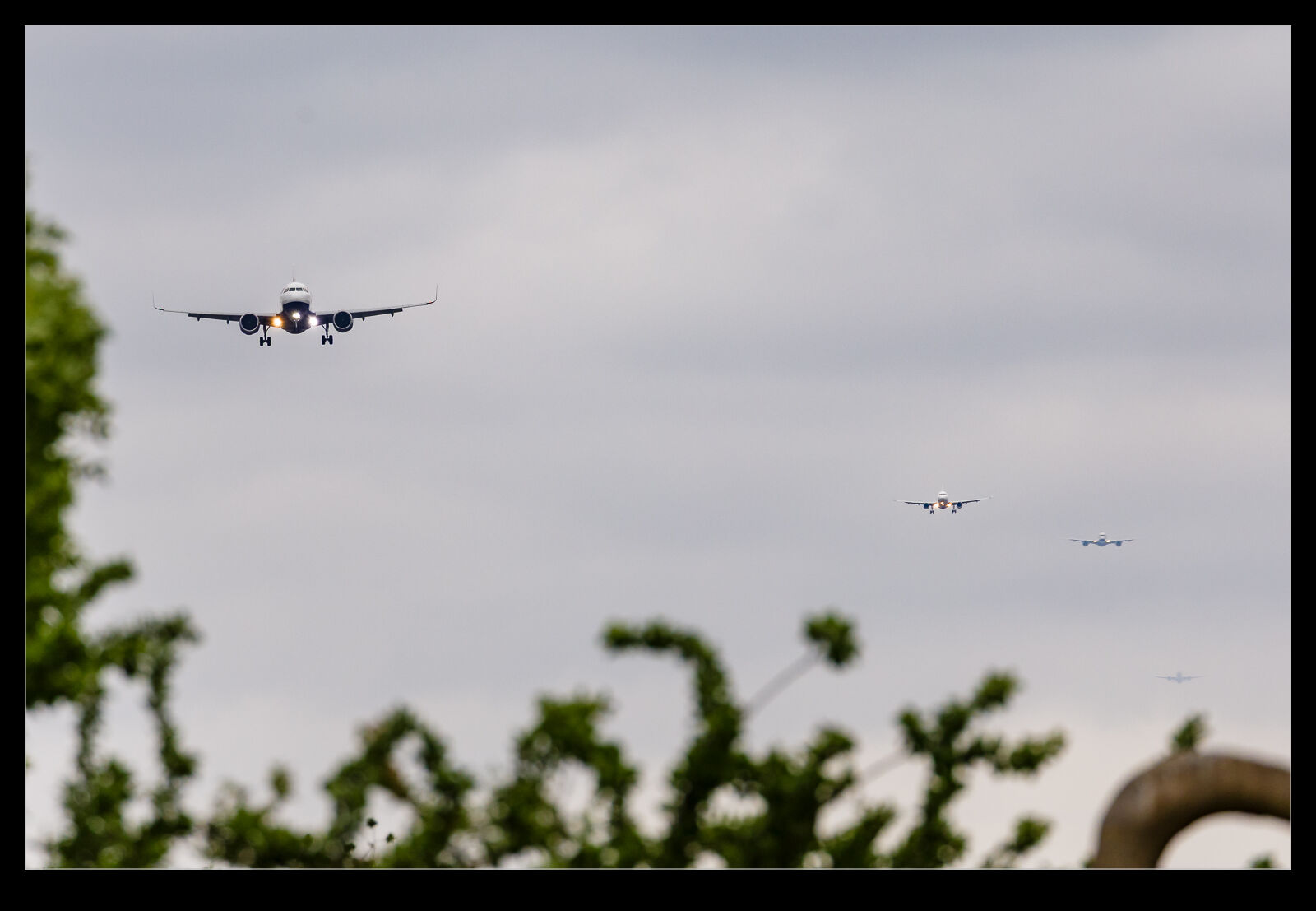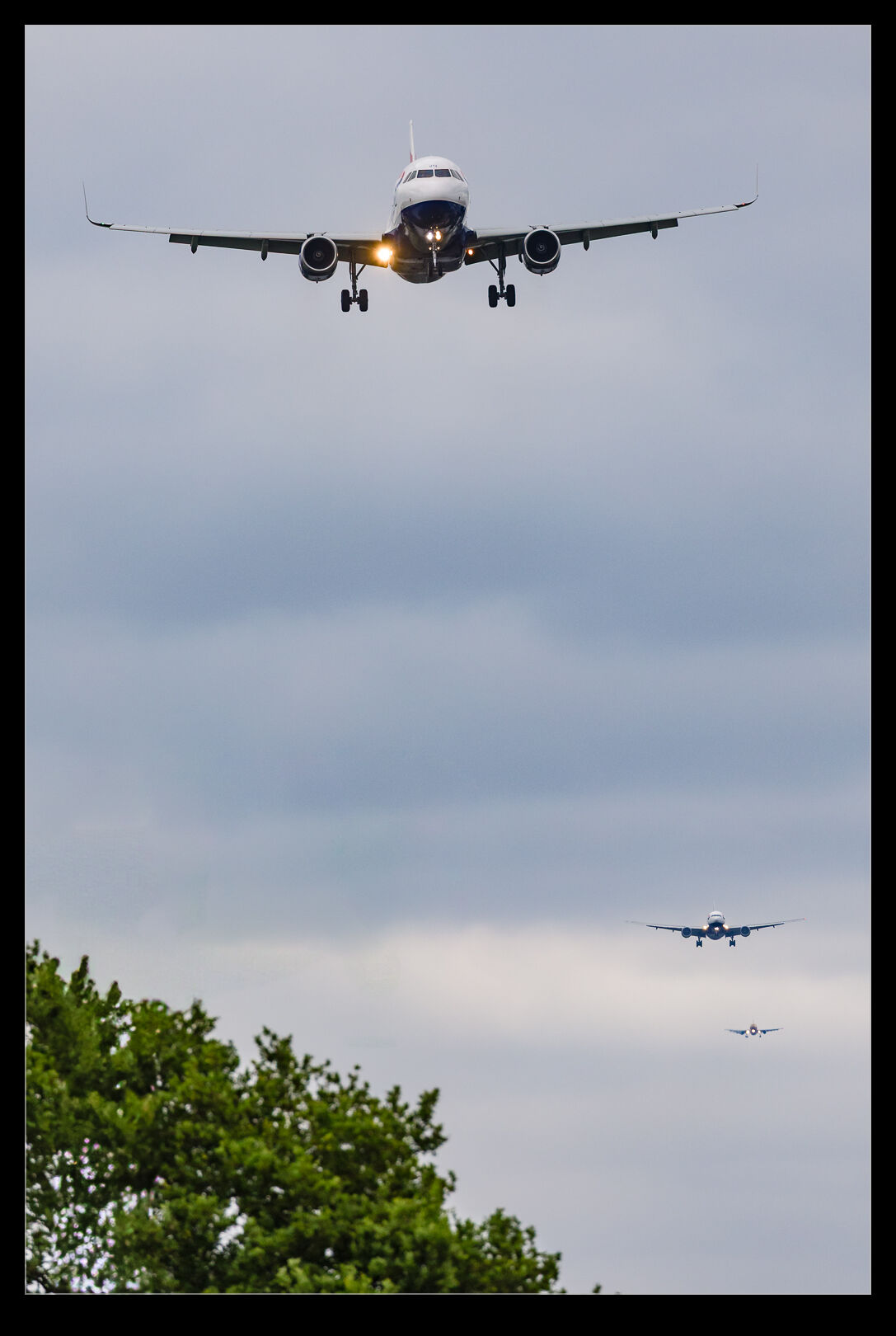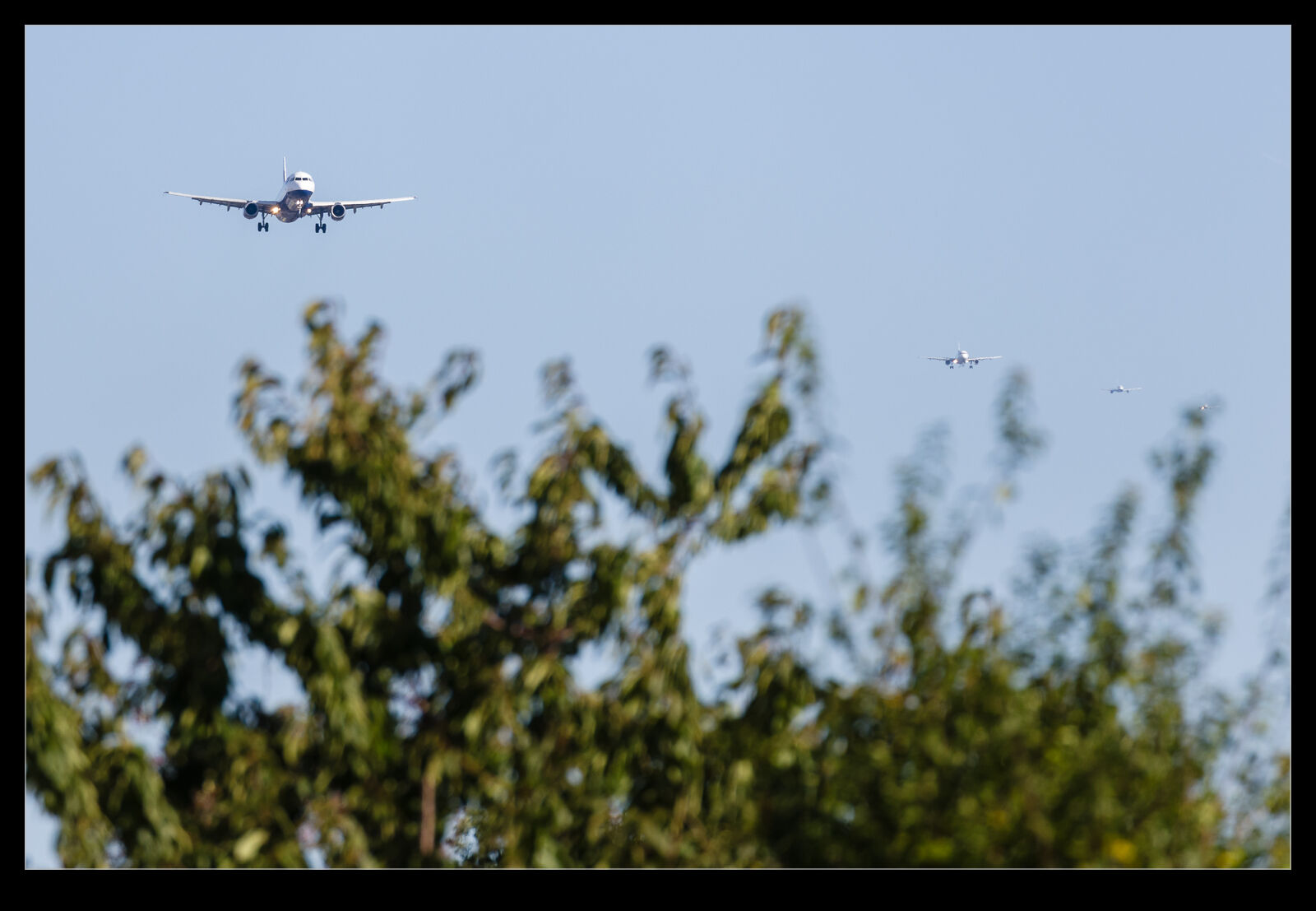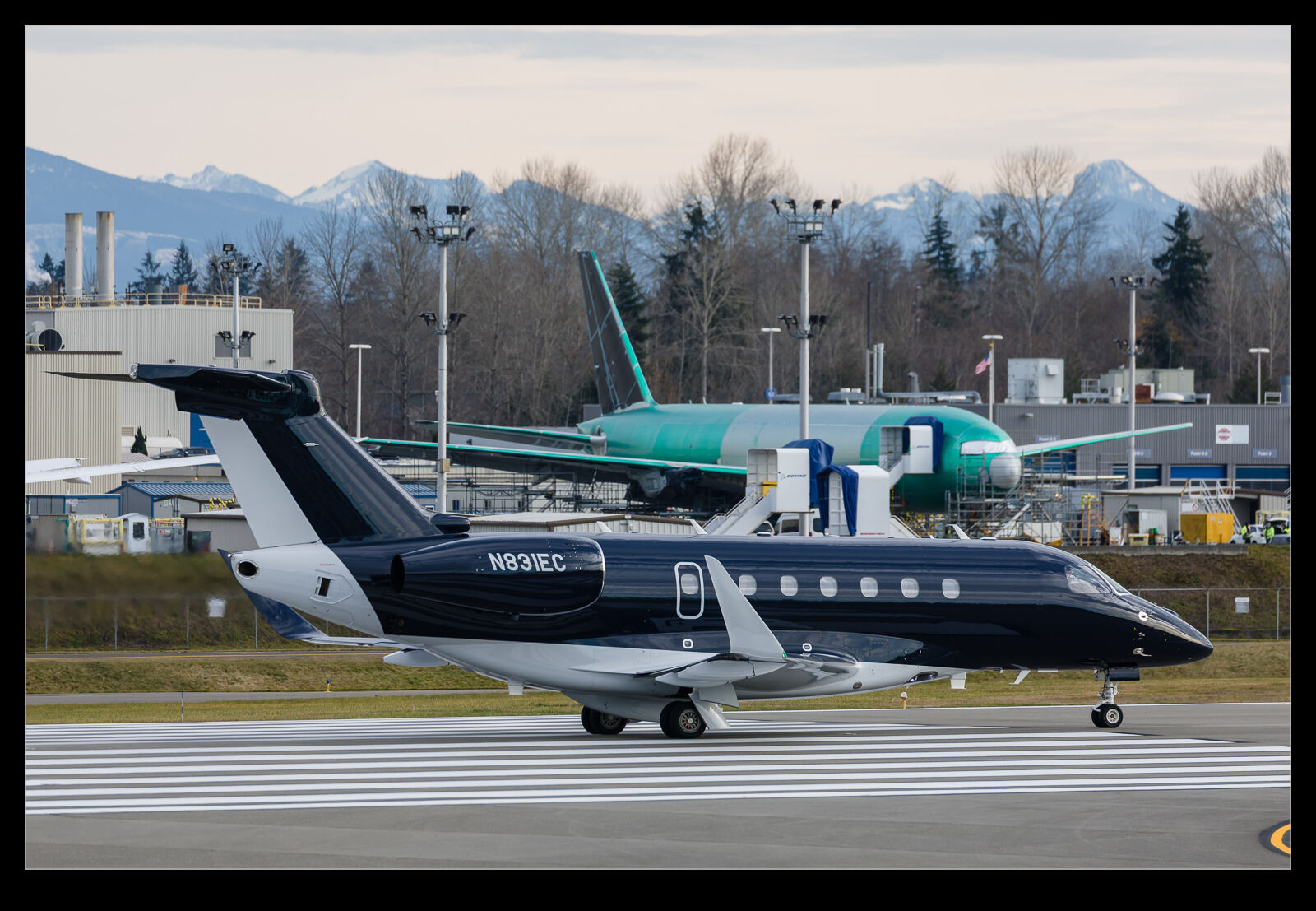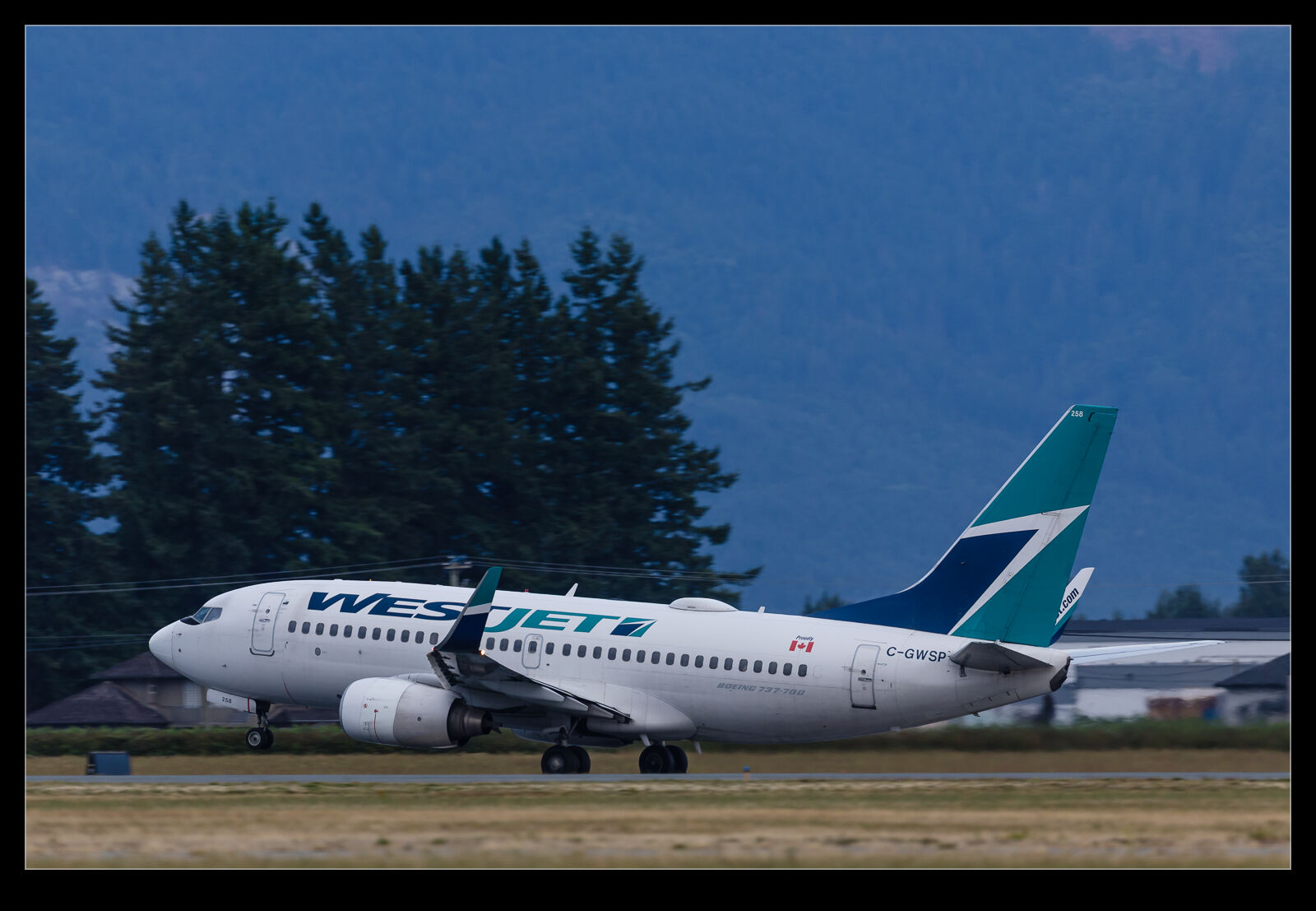 The Abbotsford Air Show takes place on an airfield that is still open for business. At various times during the display, there will be a pause while a scheduled commercial flight arrives or departs. During the show a couple of years ago, WestJet had one of their 737-700s show up, drop off some passengers, pick up a new bunch and head out. I was thinking that a 700 would be off the ground pretty quickly so decided to get some shots of it.
The Abbotsford Air Show takes place on an airfield that is still open for business. At various times during the display, there will be a pause while a scheduled commercial flight arrives or departs. During the show a couple of years ago, WestJet had one of their 737-700s show up, drop off some passengers, pick up a new bunch and head out. I was thinking that a 700 would be off the ground pretty quickly so decided to get some shots of it.
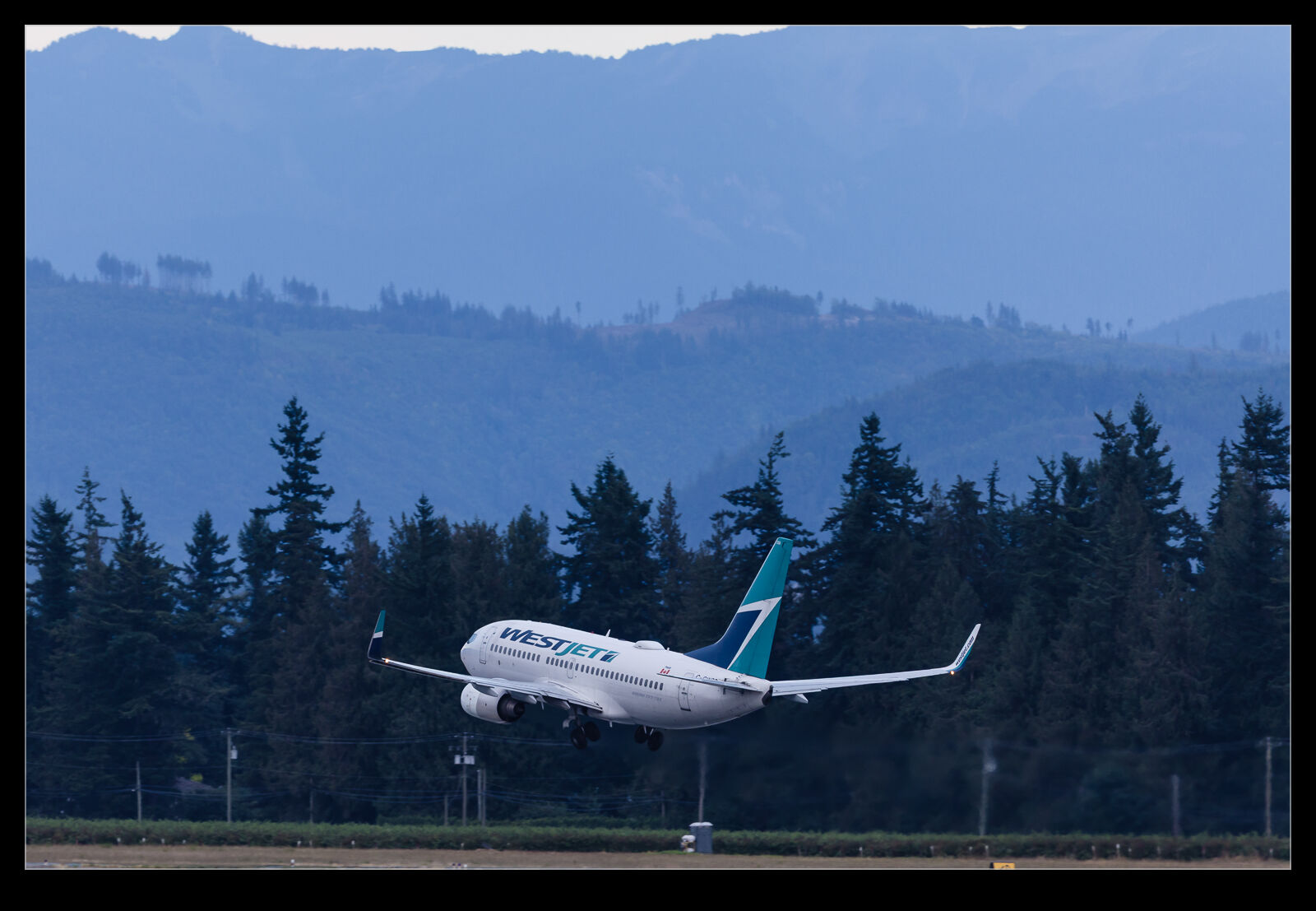 I was mistaken. Instead of blasting up quickly and getting a nice shot with Mt Baker in the background, they appeared to use as much of the runway as they possibly could. Rotation was a long way down the field and the climb out seemed leisurely. Not so dramatic. I have been to a few shows over the years that have movements that break up the display and, while it is nice to get airliner shots from on the field, the amount of time it takes out of the display is probably not worth it.
I was mistaken. Instead of blasting up quickly and getting a nice shot with Mt Baker in the background, they appeared to use as much of the runway as they possibly could. Rotation was a long way down the field and the climb out seemed leisurely. Not so dramatic. I have been to a few shows over the years that have movements that break up the display and, while it is nice to get airliner shots from on the field, the amount of time it takes out of the display is probably not worth it.
